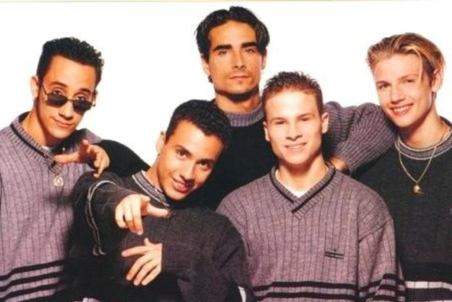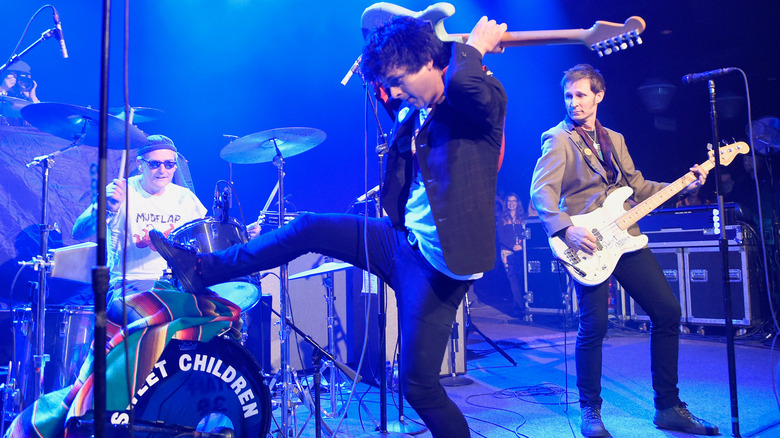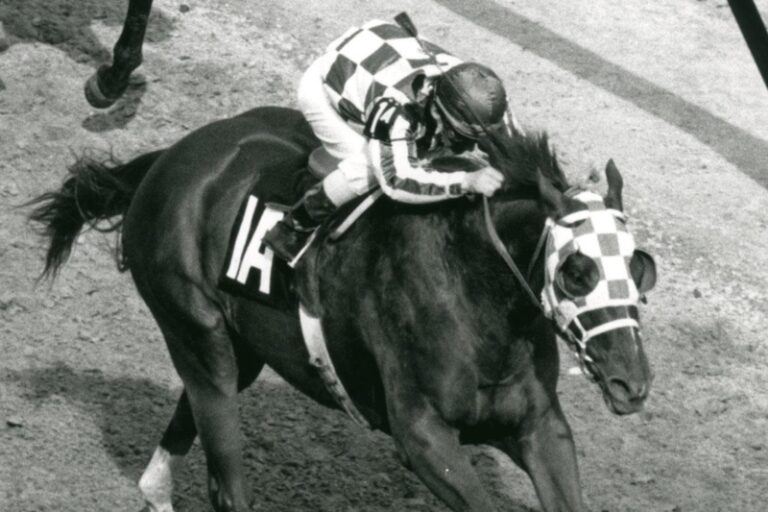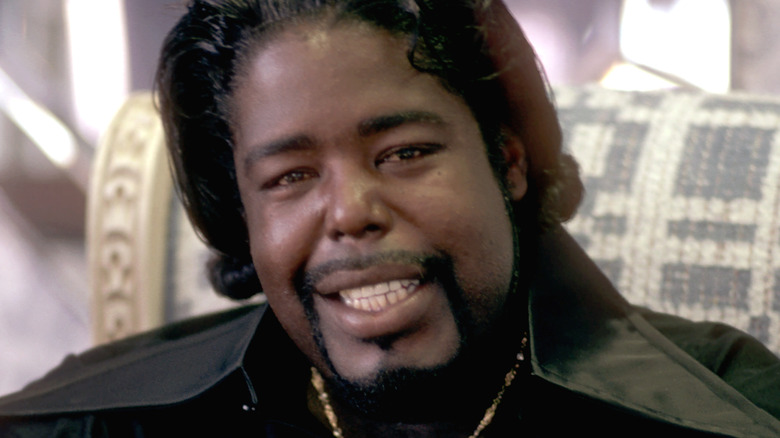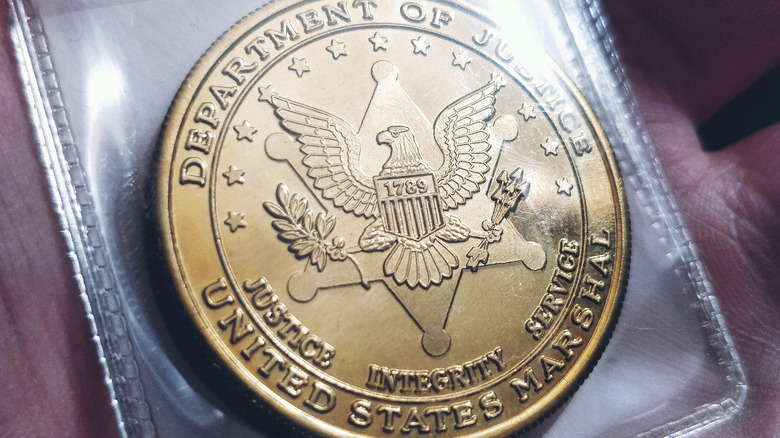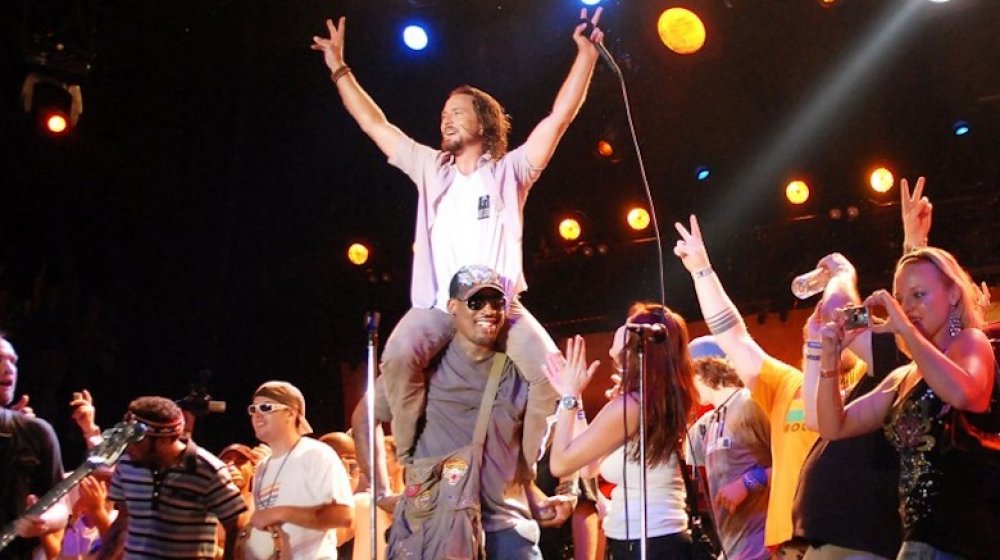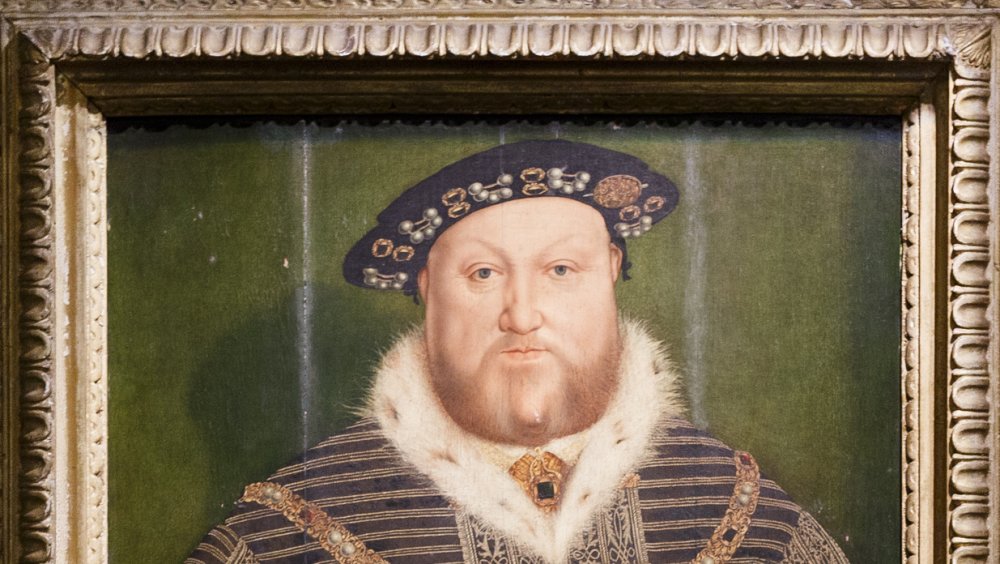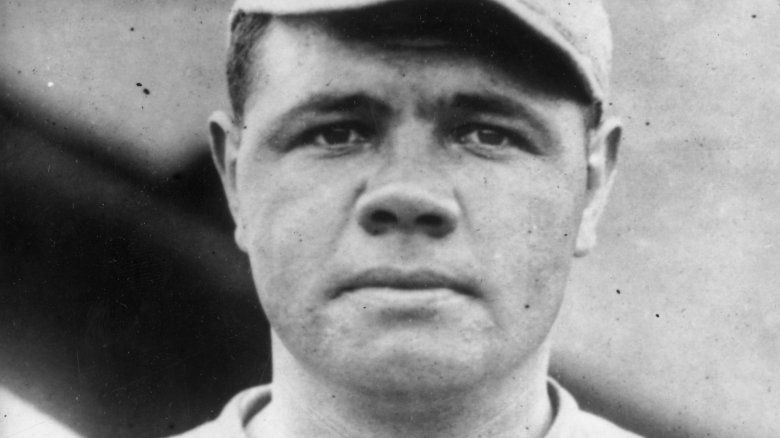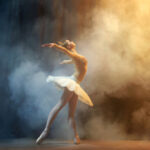
Here Is Why Ballet Is More Hard Core Than You Know Part 2
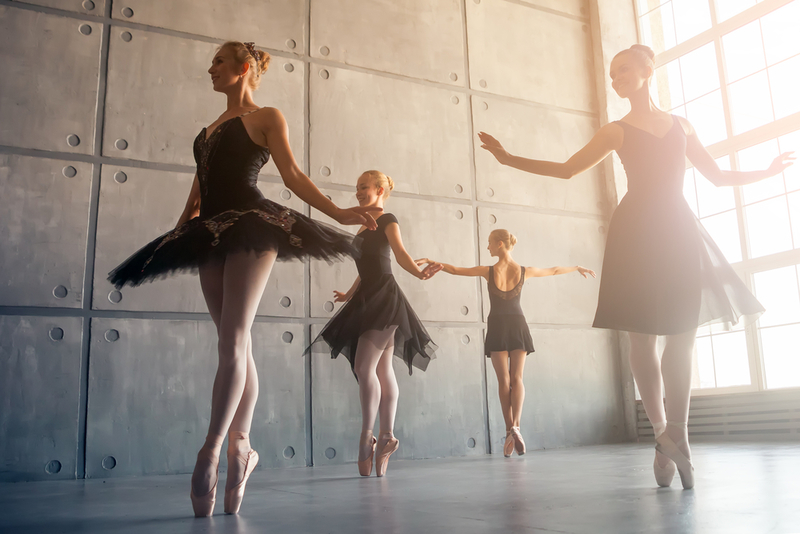
You don’t need to take an uppercut to the chin to prove your toughness. Sometimes you just need to know how to rock it in a tutu. Check out more reasons why ballet is more hardcore than you realized.
The Ballet Barre Is Meant to Disappear
Do you know that ballet barre that’s set on each ballet studio wall? During classes and training sessions, ballerinas would line up by the barre and hold it while performing the different exercises. But you’ve obviously noticed that there is no barre on stage during ballet shows. Where did it go?

Well, think of the ballet barre as training wheels. It’s there at the studio and when you first get acquainted with the art and helps you work on your balance. However, a ballerina’s grip of the barre will grow lighter and lighter until she’s able to perform the different moves without it.
Ballet Dancers Have Rock-Hard Abs
Ballet involves abs work even when it doesn’t seem to. Even when it looks like most of the moves are nothing more than footwork, a dancer’s core is very much a part of the process.
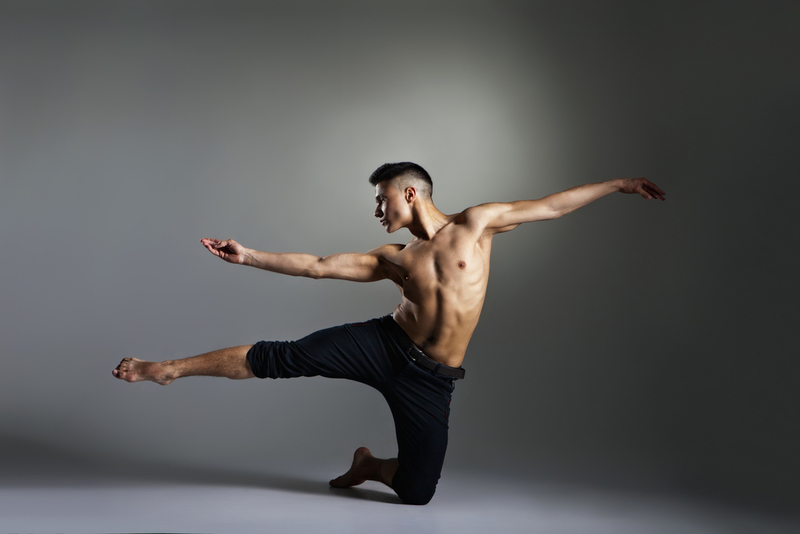
To be exact, the lower abdomen is tucked in and the upper is pulled up from the inside. This results in dancers with unbelievable six-packs.
Ballet Dancers Are Super Versatile
The foundations of ballet dancing can be used as tools for learning almost any kind of dance. Basic ballet terminology such as plié, relevé, pointe, and flex is used in jazz, contemporary, ballroom dancing, and more.
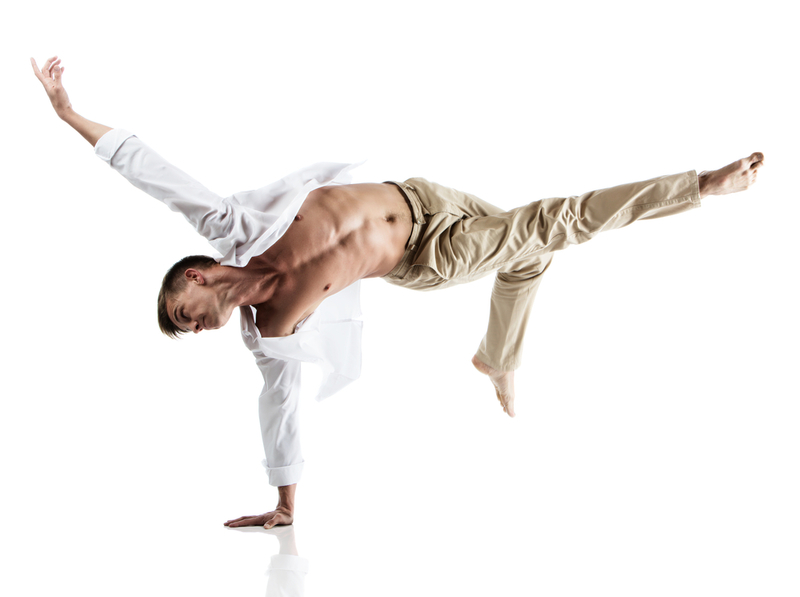
Most professionally trained dancers, no matter their expertise, were initially trained in ballet before branching out to other genres.
How About Some Interactive Dancing?
Imagine going to a ballet show and having to join the dancers at some point. Non-dancers would shudder at the thought of making fools of themselves this way. However, back when ballet was performed for the amusement of royals and nobles, that’s exactly what happened.
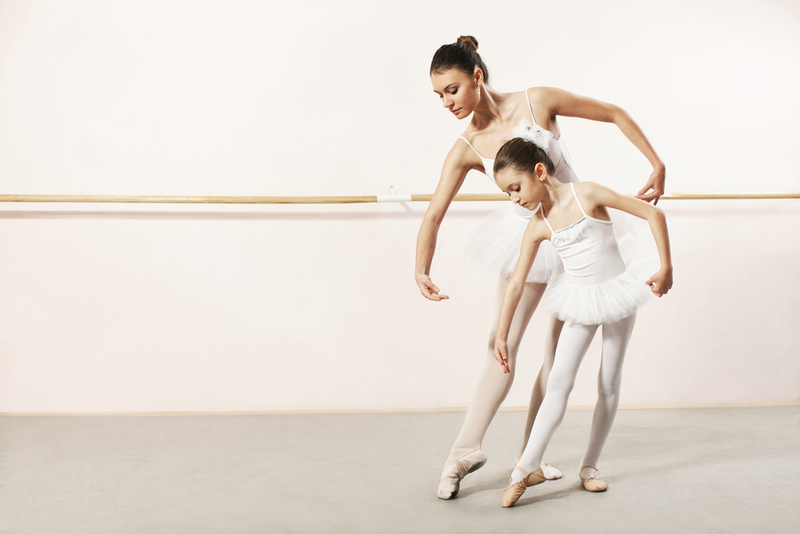
During their performance, the dancers would teach some moves to some of their lucky spectators who would perform them with the ballerinas. So not only did they have to be good dancers and entertainers, but they also had to be good teachers!
Footballers Use Ballet to Enhance Performance
Yes, football players are super strong, in great shape, worshipped by many, and yada-yada-yada. They still have nothing on ballet dancers. In fact, some NFL players practice ballet to enhance their performance on the field.
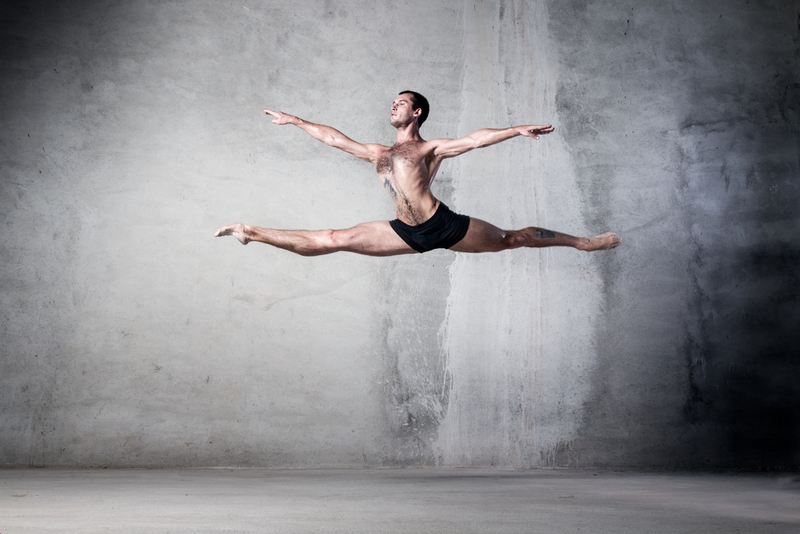
This isn’t a new concept. Herschel Walker and Lynn Swann, both NFL Hall of Famers, were known for taking ballet classes during their football career. Footballer Steve McLendon also states that him taking regular ballet classes helps him stay injury-free and that it’s harder than anything else he does.
Strength and Flexibility
Sure, ballet dancers have really strong legs. But can’t that be achieved through squats? Well, yes and no. All strength and no flexibility means there is a lot of unlocked potential in the muscles.
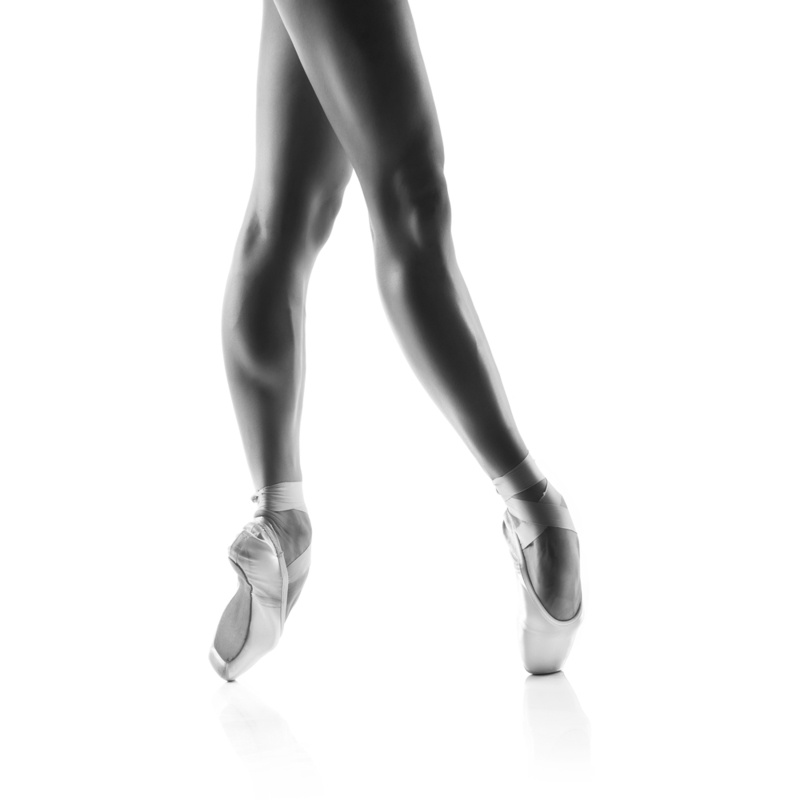
While regular squats will make your legs strong and tone your backside, those muscles are more prone to injuries if you don’t include some flexibility too. This is where ballet kicks in.
Ballet Helps Your Brain
Dancing ballet (or any other kind of dance for that matter) has its physical advantages, of course, but it greatly benefits the brain too. Studies show that taking regular dance classes improves our memory and can reduce the chances of dementia by more than 70 percent!
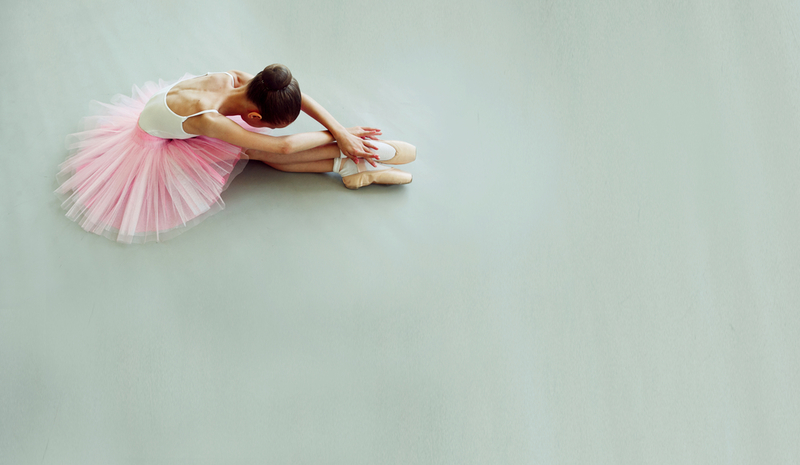
It could be due to the fact that dancers link the move sequence they learn to both their physical body and the music, which better anchors their memory of the routine they learn or perform.
Ballet Builds Incredible Stamina
Want to be able to hold on through strenuous physical activity like running for long periods of time? Start taking ballet. Not only will it help you build stronger muscles, but it will also help you in terms of aerobics.
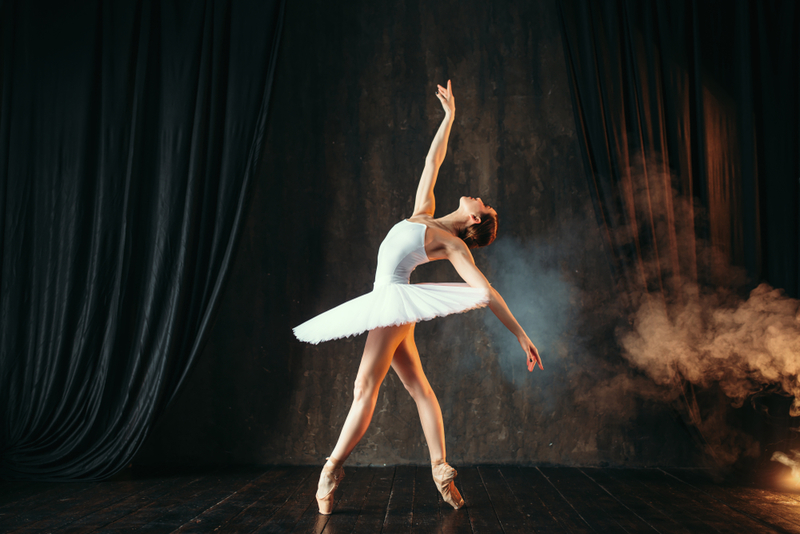
Don’t take it from us, take it from action superstar and kickboxing legend Jean-Claude Van Damme. According to him, those who can do ballet can do any kind of sport.
All Ballet Dancers Are Athlete-Level Ripped
Dancing generally — and dancing ballet particularly — strengthen your bones and builds muscle strength like you wouldn’t believe. It also helps burn calories and manage body weight. In fact, half an hour of intense ballet can burn 300 calories!
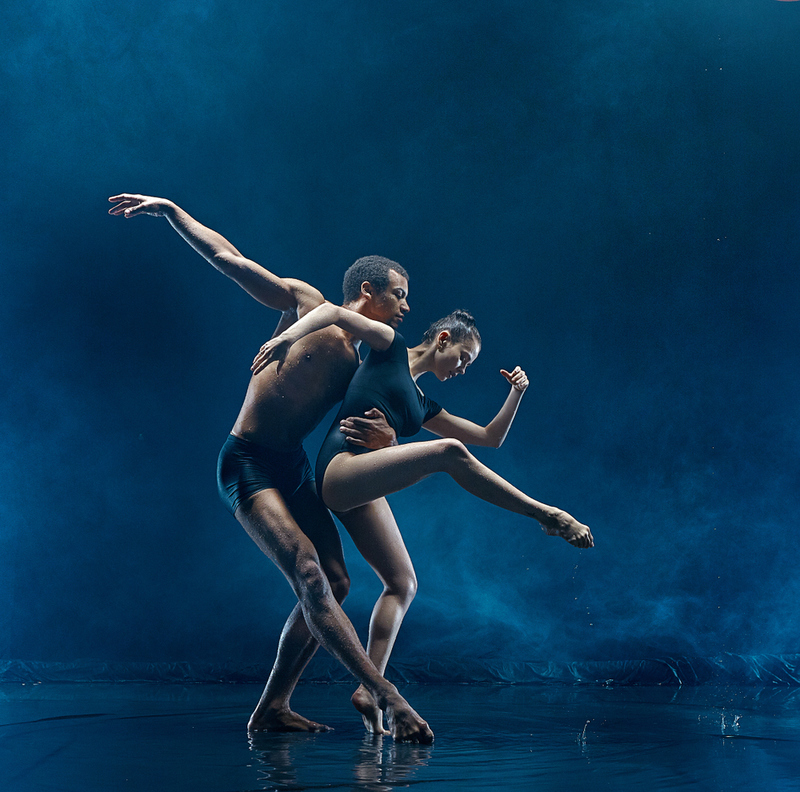
These advantages, plus improved motor skills, make ballet dancers as strong as rugby or football players, but with more class.
Mind the Fingers
Ballet is unbelievably meticulous. Every move or position needs to look extremely polished down to the dancer’s fingertips. Literally. One of the things ballerinas do automatically when dancing is keeping their fingers at a very specific position.
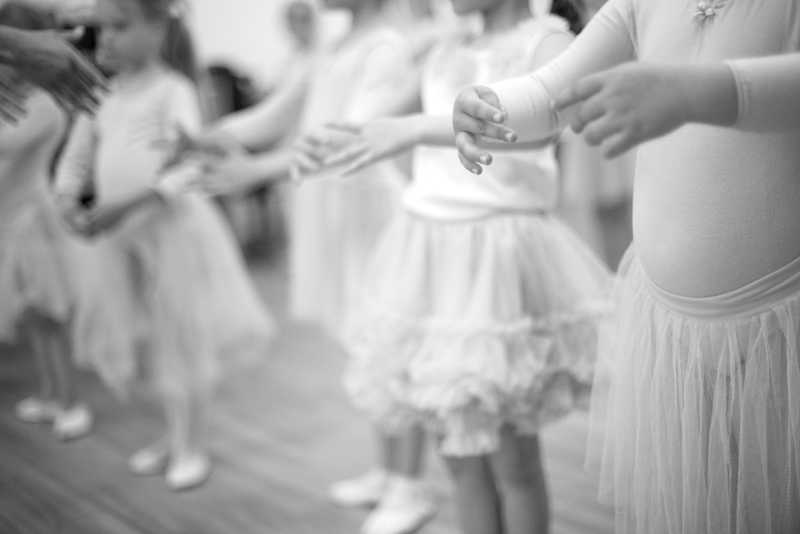
The thumb is relaxed into the palm, the forefinger points straight and slightly upward, the middle finger points straight and slightly downward, the ring-finger is the same as the forefinger, and the pinky points higher than all the rest. And no, we’re not kidding.
First Position
Seeing a ballet dancer standing in the first principal ballet position will have you thinking that there isn’t much to it. Isn’t it just standing up straight with your feet turning out and your heels touching? Well, not exactly.
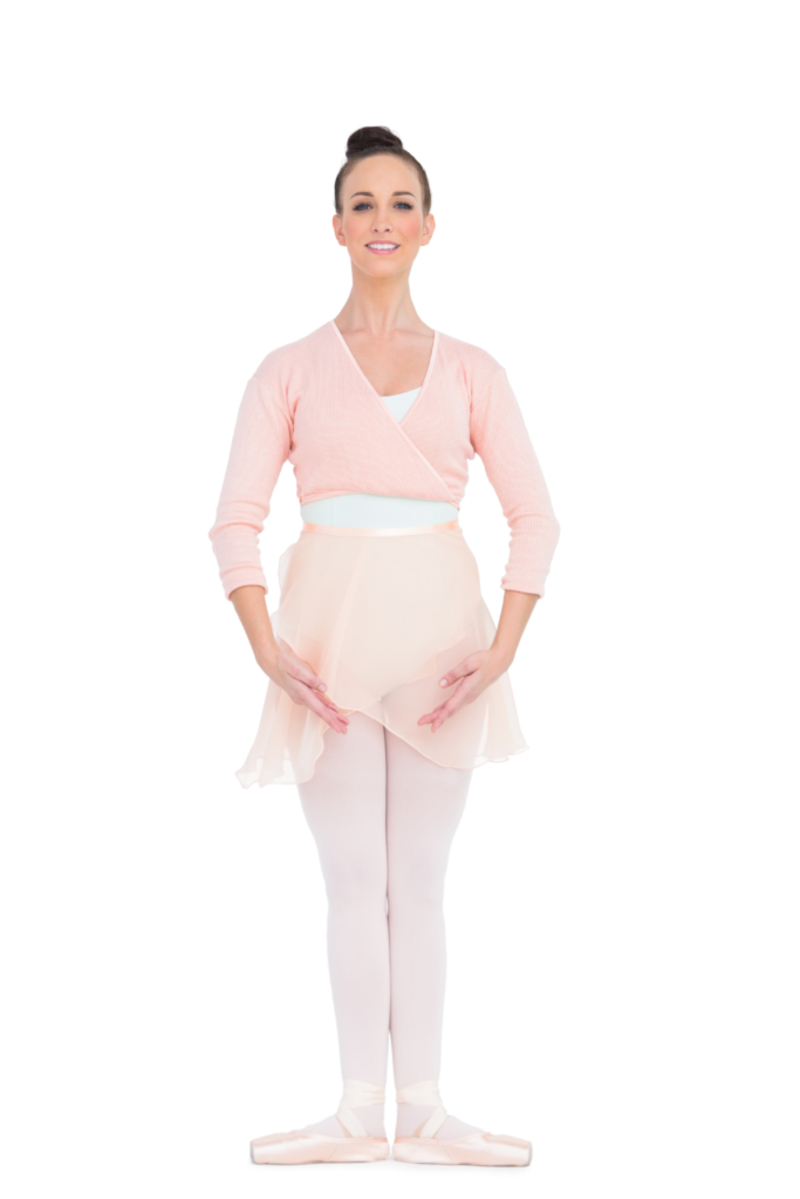
Standing in the first position has more body parts working than you realize. You need to make sure your entire body is aligned with your hips over your heels and your shoulders over the hips. Then, starting from the bottom, lock your knees, turn your hip joint out, open your chest and shoulders, and slightly lift your chin. Oh, and breathe.
Ballet Companies Have Hierarchy Ranks
When a ballerina enters a company she starts from the bottom and dances her way to the top. There are 5 ranks to this scale of hierarchy. A dancer starts as an apprentice, which is similar to a probation period before coming an official member of the higher-ranked corps de ballet.
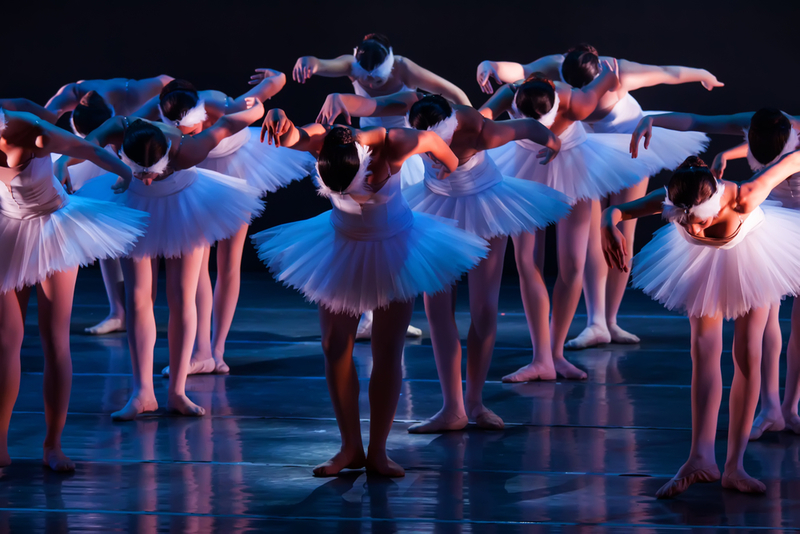
With time and dedication, a ballerina will advance to the rank of a second soloist (or demi-soloist), and then a first soloist. And finally, after climbing that ladder and becoming the absolute creme of the crop, she will become a principal dancer and get cast as the lead.
Le Ballet Comique de la Reine
Back when ballet was a dance performed at royal courts, full-scale productions were a little different. They featured more theatricality than strength or flexibility. However, the dancers were a lot closer to the viewers, which made performing just as challenging.
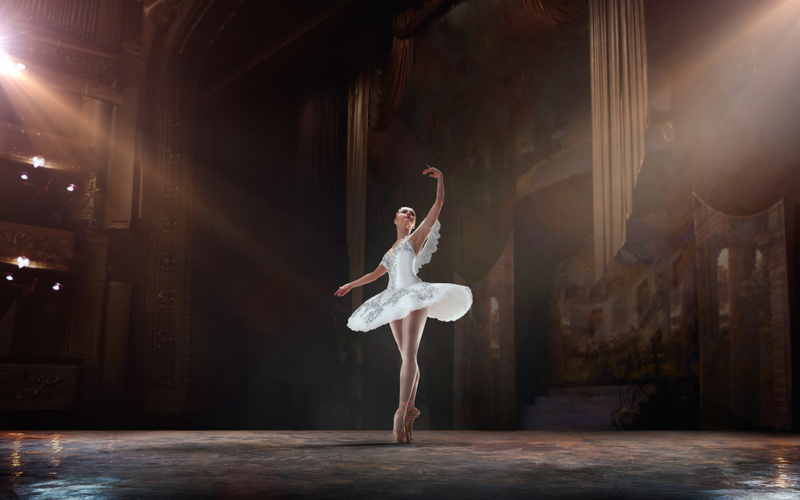
The first full-scale production of such a ballet was called “Le Ballet Comique de la Reine“ (or “The Comic Ballet of the Queen”). It was ordered in 1581 by French queen Catherine de’ Medici in honor of her sister’s wedding.
Pierina Legnani
We all know that the prima ballerina is the lead dancer in a ballet production. But have you ever heard of a Prima Ballerina Assoluta? This is the most honorable title a female ballet dancer could be awarded by her company or even state!

In 1894, Italian ballerina Pierina Legnani became the first dancer in recorded history to receive the title. It was given to her at the request of the ballet dancer and choreographer Marius Petipa. She is known to have performed 32 fouettés turns in a row, long before it was choreographed into ‘Swan Lake’.
The First Tutu
Nowadays, tutus and ballet are almost synonymous. There are loads of cuts, colors, materials, and designs to choose from. But we owe all of this to a man named Eugene Lami.
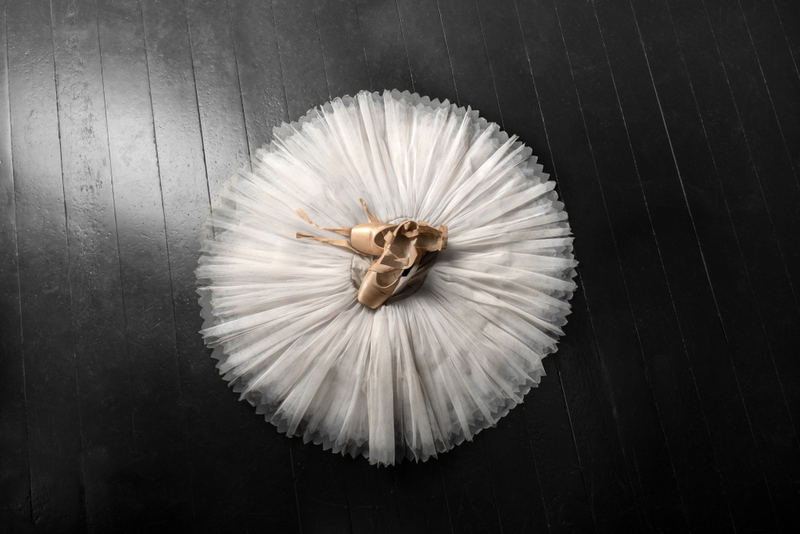
In 1832, Lami designed the very first tutu. It was worn by ballerina Marie Taglioni, for a ballet titled “La Sylphide”. This sheer, light skirt was made to make her look romantically ethereal, which paved the way to modern ballet costumes.
Ballerinas Don’t Dance on Just Any Floor
The floor in a ballet studio and on stage where ballet shows are held is very special. It has to be a little softer and bouncier to ensure maximum results while not harming the dancers’ feet or shoes. To that end, it is built with lightweight wood, sometimes as a sub-floor over a standard pre-existing floor.
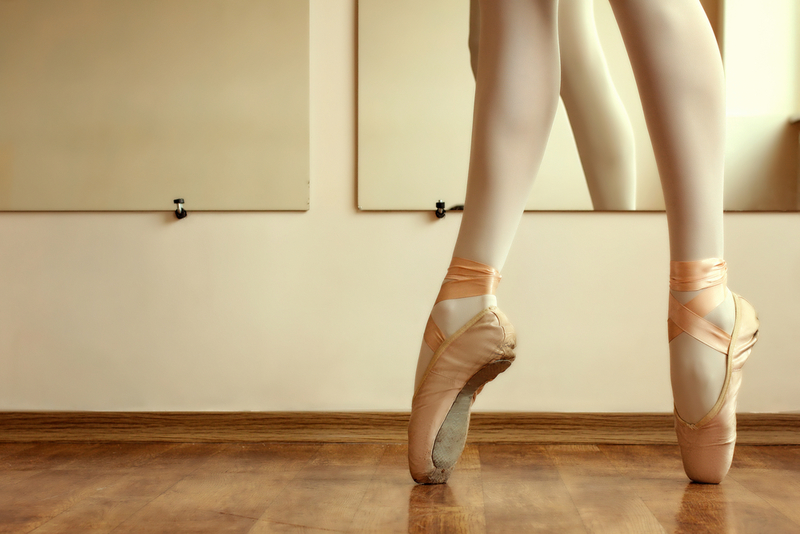
This kind of floor needs to be maintained regularly. Maintenance includes immediate cleaning of any kind of spills and regular cleaning with a microfiber mop.
Pavlova’s Pointe Shoes
Anna Pavlova, one of the most influential ballerinas of all time, is commonly known as the “mother” of modern pointe shoes.
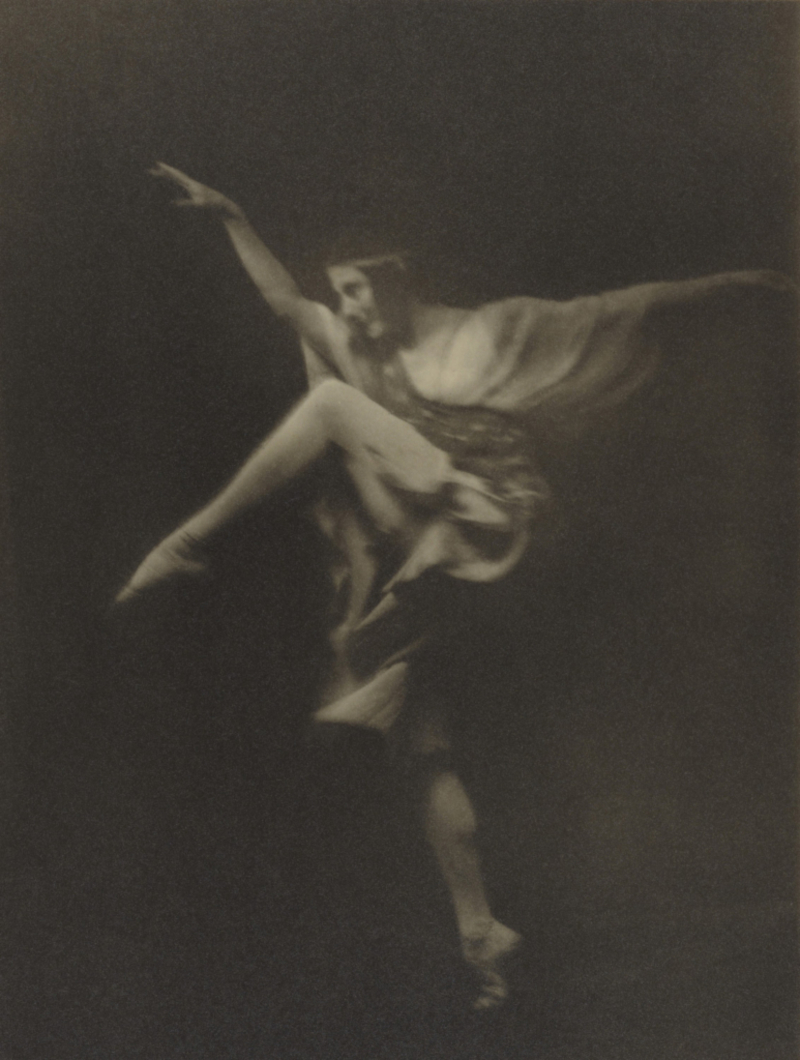
The slender build of her feet made her more susceptible to injuries when dancing on her toes, so she altered her ballet shoes with toughened leather soles and a hard, inside “box” to protect her toes.
Ballet Slippers Used to Have Heels
Ballet slippers as we know them are nothing like what they used to be. Originally, ballet dancers used to dance in heeled shoes, which allowed for a much smaller range of movement.
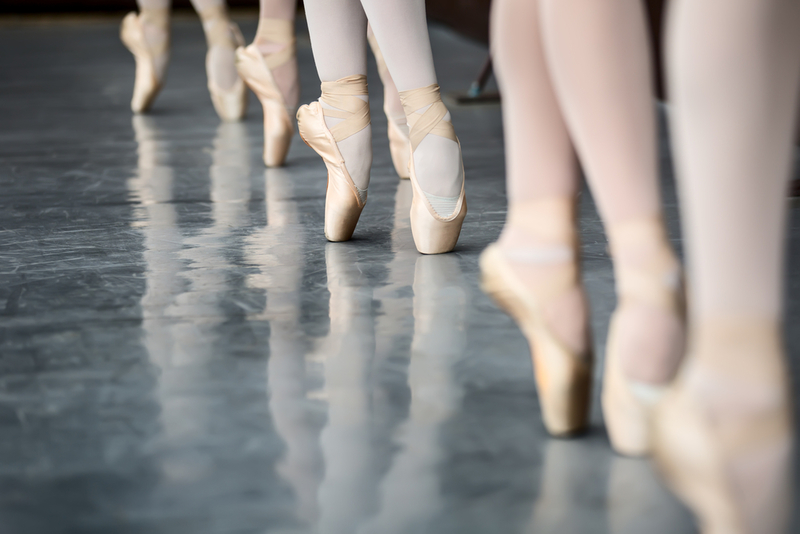
Things changed in the middle of the 18th century when French dancer Marie Camargo started dancing in flat slippers, which allowed her to leap and jump in a way the more traditional shoes couldn’t.
Les Ballets Trockadero de Monte Carlo
Historically speaking, ballet used to be a guy thing until women were given the right to perform on stage. Nowadays, it is often perceived as a more feminine dance, and women ballerinas are more common than men.
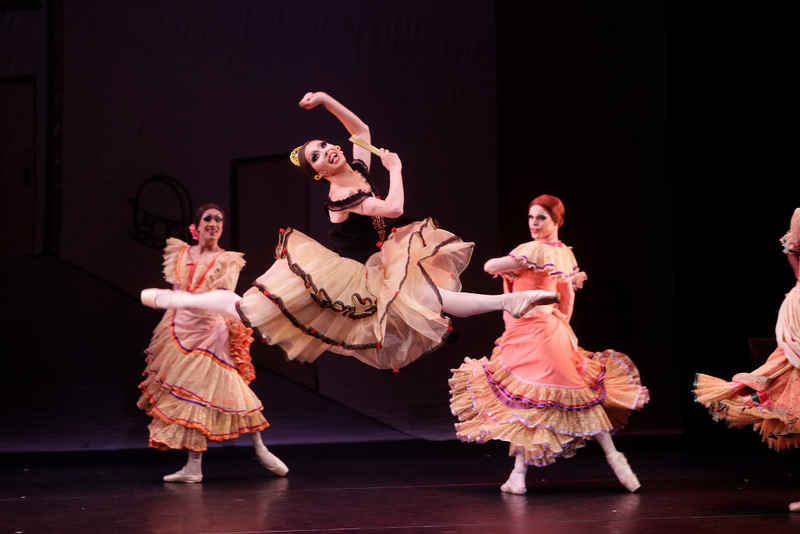
However, Les Ballets Trockadero de Monte Carlo is a combination of then and now, with an all-male cast that dresses up as women for female parts and performs famous ballet works with impeccable technique as well as humor.
Lighter Than Air
Before pointe shoes were even a thing, ballerinas used to create the illusion of being feather-weight fairies by using wires that lifted them off the stage.
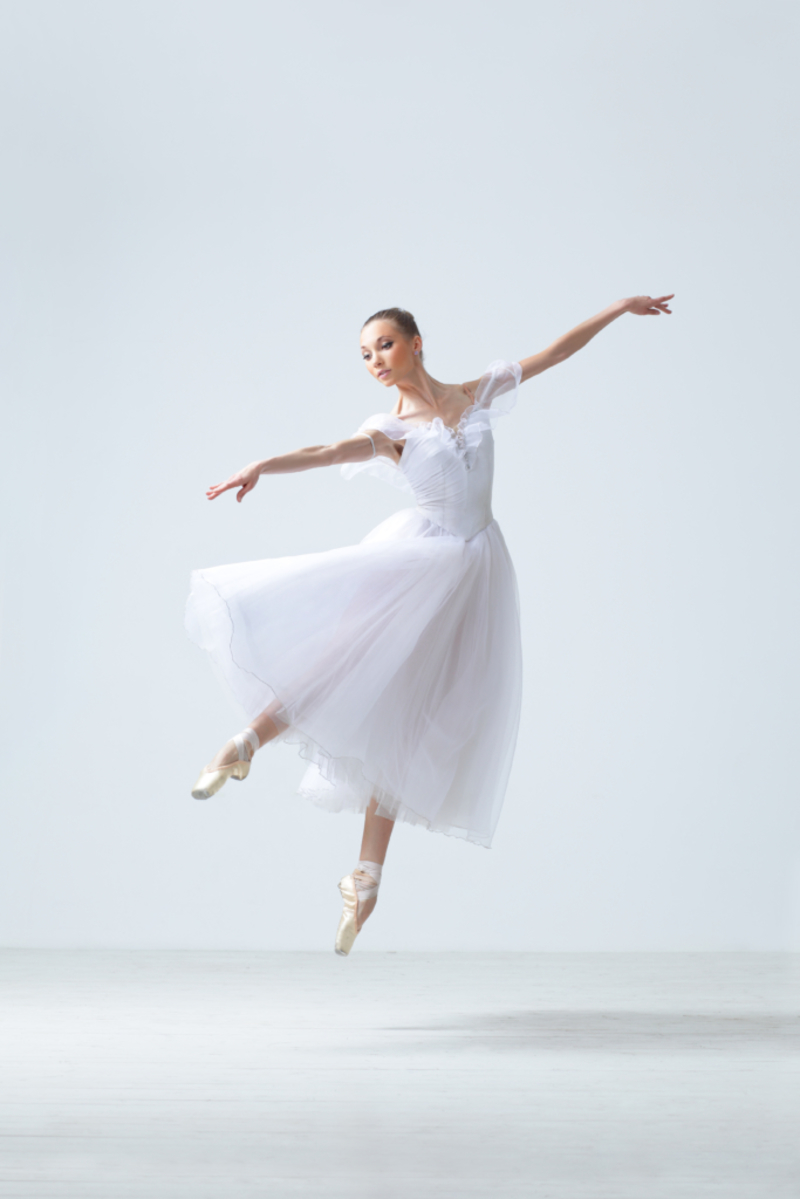
Using wires made it possible for the dancers to dance on their toes without having to support their own weight. After noticing the crowds’ positive reaction to pointe work, it was only a matter of time until choreographers started incorporating more of it into their dance pieces.
Never Say “Good Luck” to a Ballet Dancer
Instead of saying “good luck” or “break a leg”, ballet dancers greet each other with “merde” before going on stage. In French, the word means poop, and you’re right to raise your eyebrows like that.
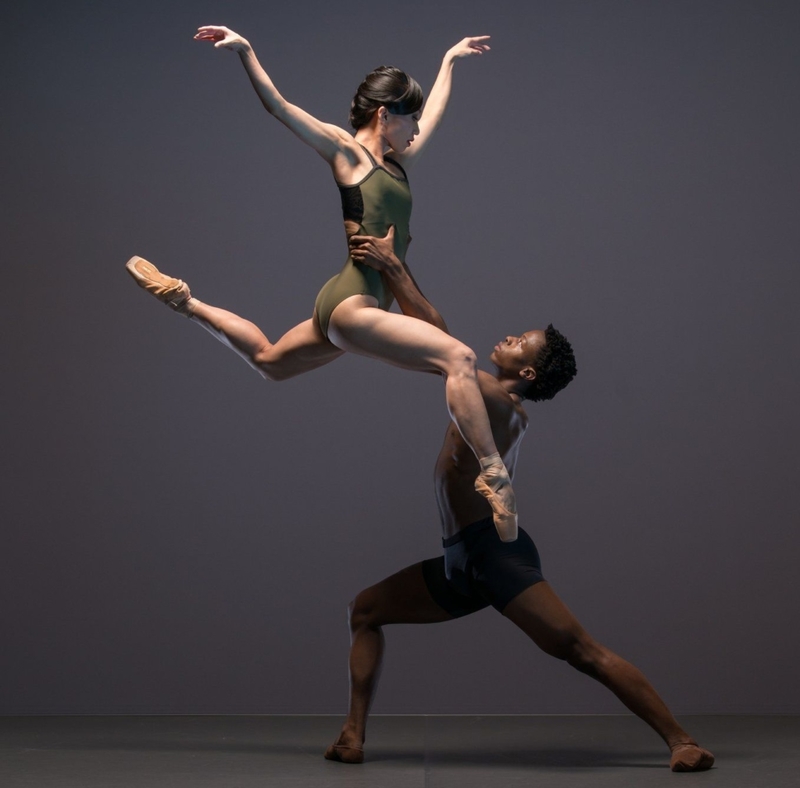
Nobody knows for sure why they use that word specifically, but there are a few common speculations. One says that it is a remanent from when the dancers performed with animals so they would warn each other not to step in it on stage. Another says that lots of animal droppings outside the theater used to indicate that there are many horses around, and therefore, lots of viewers.
Misty Copeland
Misty Copeland is one of the most famous ballerinas today, and for a good reason. In 2015, at 32 years old, she became the first ballerina of color to be appointed a principal dancer by the American Ballet Theater.

She went on to star in almost every famous ballet ever written, including Swan Lake, Sleeping Beauty, the Nutcracker, and more.
Charin Yuthasastrkosol
The life trajectory of a typical professional ballerina usually includes first training from the age of 4-6, doing summer-intensive programs as a teenager, applying for dance companies right out of high school, and retiring at 30-40 years old.
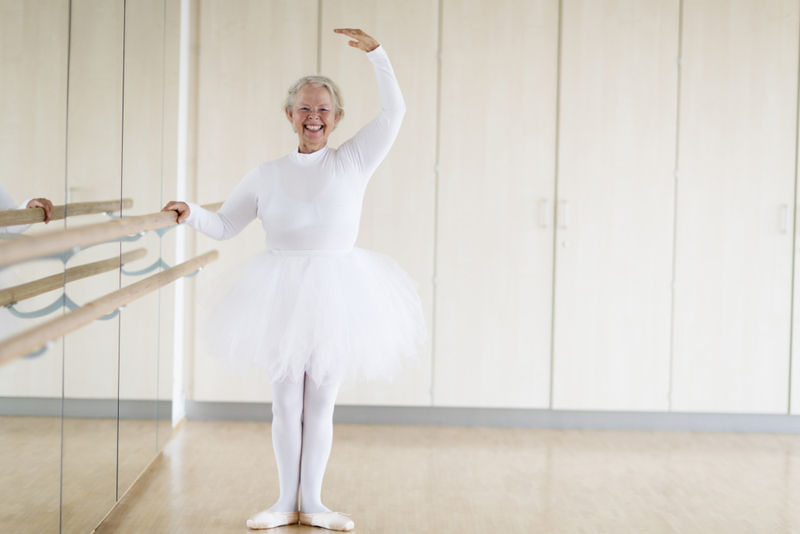
But the life of Charin Yuthasastrkosol was a lot different. She started ballet training at 47, and in 2002, at 71 years old, she became a Guinness World Record holder as the oldest performing ballerina!
The Biggest Ballet School in the World
There are lots of ballet schools and even ballet royal academies. But the biggest of them all is the National Ballet School in Havana, Cuba.
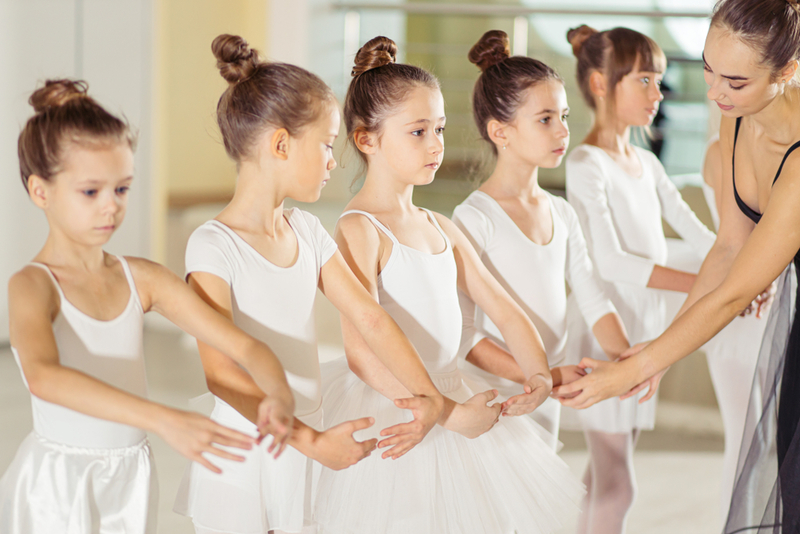
The school sees an average of 3,000 students a year, but at its peak, it has seen a staggering 4,350! While aspiring ballet dancers do need to audition for it, tuition there is totally free.
How Much Do They Make?
The hard work ballerinas have doesn’t necessarily mean they make boatloads of money from the get-go.
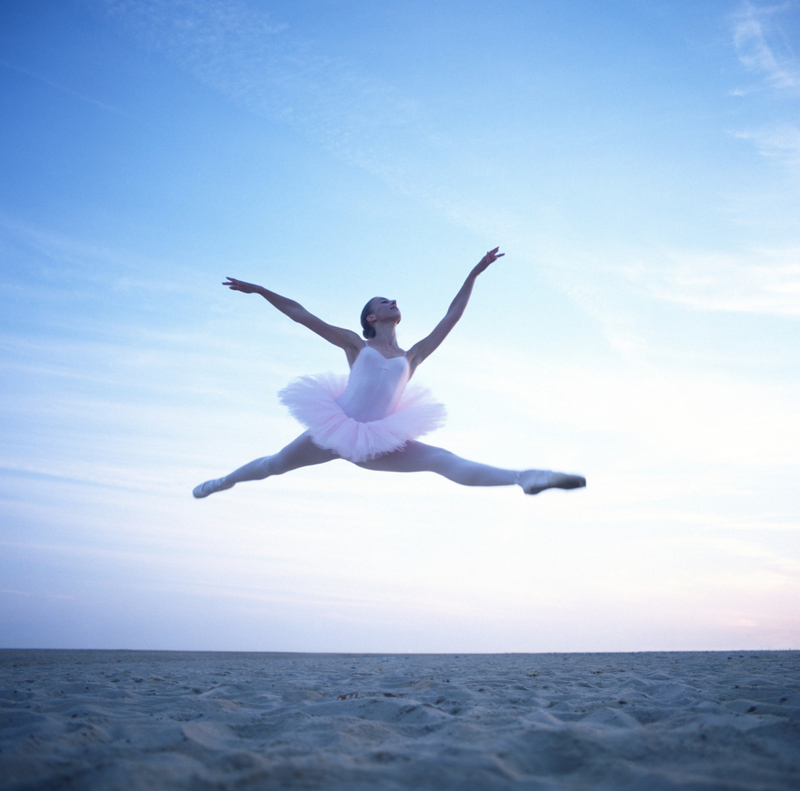
In 2009, the second-year corps dancers at the Royal Ballet’s made roughly $30,600 a year. Other jobs that pay a similar starting salary are nursing and holiday planning.
Buns Are a Serious Business
The signature buns you see on ballerinas are done by the ballerinas themselves. They do their own makeup as well. The accumulative time required to do the hair and makeup for all the ballerinas in a single production is estimated at 400 hours!
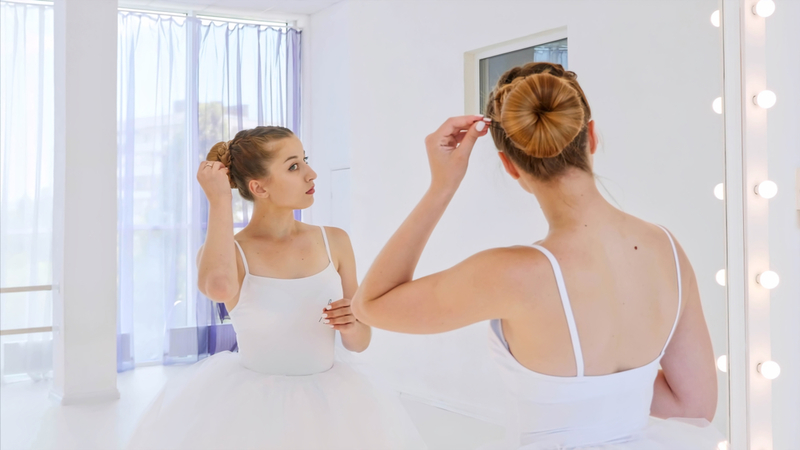
Olivia Boisson, a ballerina on the NYC Ballet said that she and other dancers who joined the company got one hair and makeup lesson, after which they had to do it all on their own.
Ballet and Opera Used to Go Hand in Hand
In the past, when ballet was a form of entertainment in royal courts, it was accompanied by opera singers.
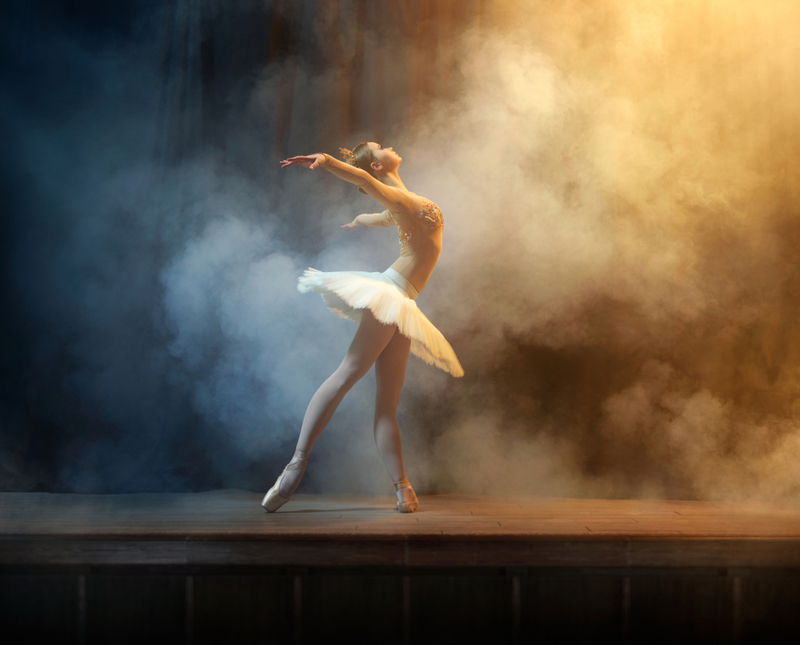
Now, the two are seen as individual art forms, with opera singers who do their own acting and ballet productions that use instrumental music.
Ballerinas Used to Dance Wearing Masks
Italy is the ballet’s homeland, but it’s also the homeland of the commedia dell’arte, which is a theater genre in which the actors wear specific masks.
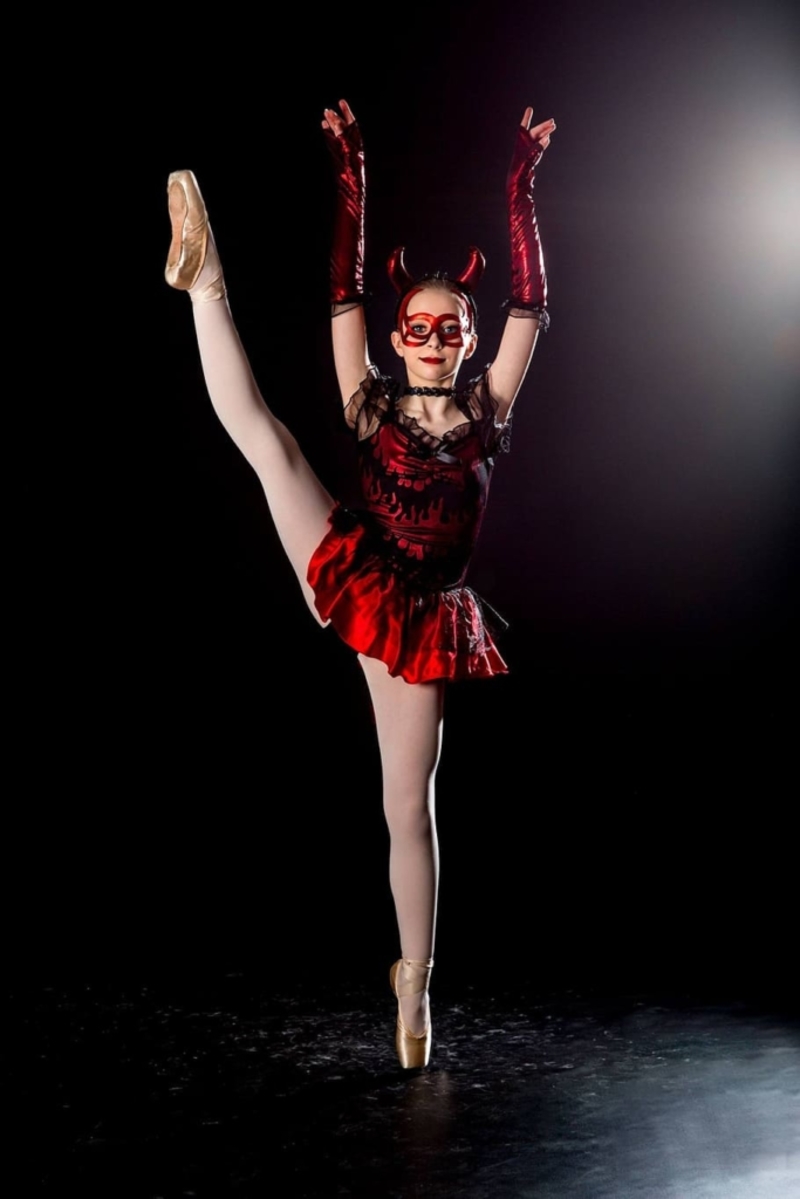
When ballet dance was being formed, it was inspired by the genre, and that’s why the dancers used to wear masks. Since the masks limited movement and vision, the moves performed then weren’t as elaborate as they are now.
The Balance Trick
Have you ever wondered how ballerinas manage to perform so many turns and not get dizzy? The answer to that is pretty simple.
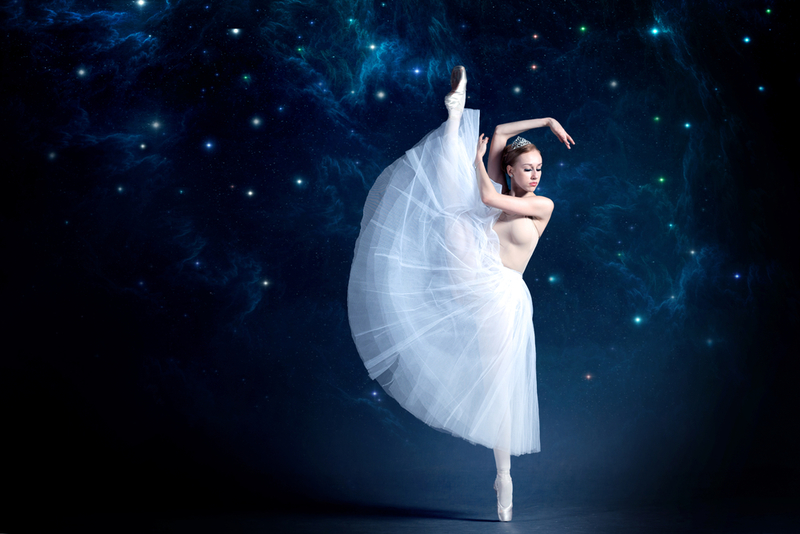
They use a technique called “spotting”. It means that they focus their eyes on a specific spot in front of them (like a mark on the wall or a person in the audience), start turning their body first, and then quickly whip their head around to look back at that same spot. Certain theaters even have a special blue light installed behind the audience so the ballerinas can use it as their spot.
Turns Are Essential
Fouetté is one of the many French ballet move names. The literal meaning of the word is “whipped” and the move itself involves the ballerina whipping her leg around in order to keep turning.
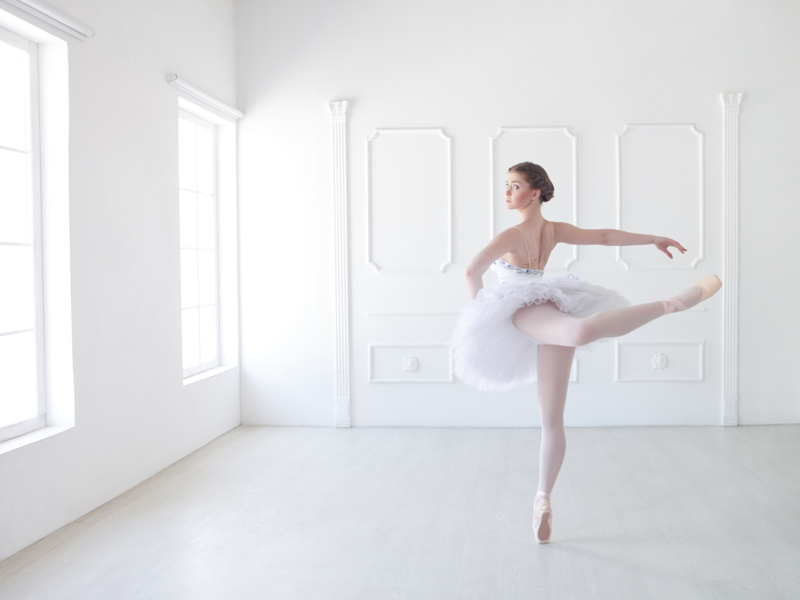
In Swan Lake, there is a scene in which the prima ballerina has to perform 32 such turns in a row — something that would make any mere human meet their breakfast all over again. In 1940, New Zealand ballerina Rowena Jackson set a world record of performing 121 fouettés in a row!
Mother Russia Didn’t Like The Nutcracker
The Nutcracker is one of the most famous and most popular ballets today. Though it’s hard to believe it became so iconic when Tchaikovsky himself admits to not liking it so much.
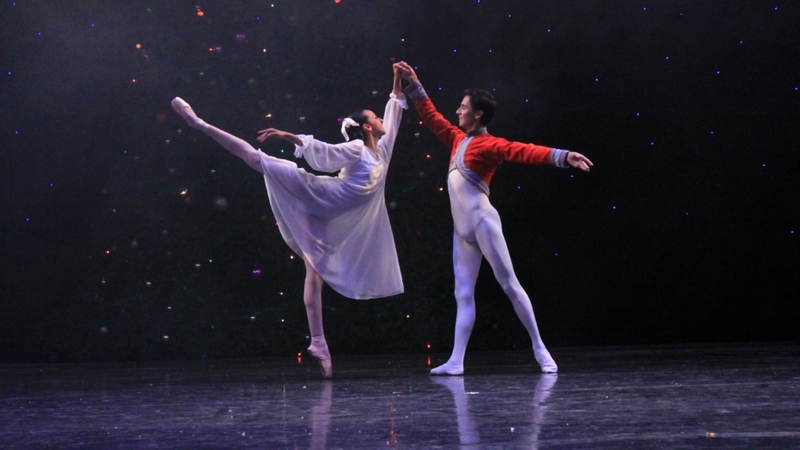
The ballet debuted in Russia in 1892. Critics were underwhelmed and the Russian viewers were unimpressed. They would be eating their words if they could see the classic it is nowadays.
Pedicure Is Important
Other than extreme pain and losing toenails, one of the side effects of dancing en pointe is getting ingrown nails.
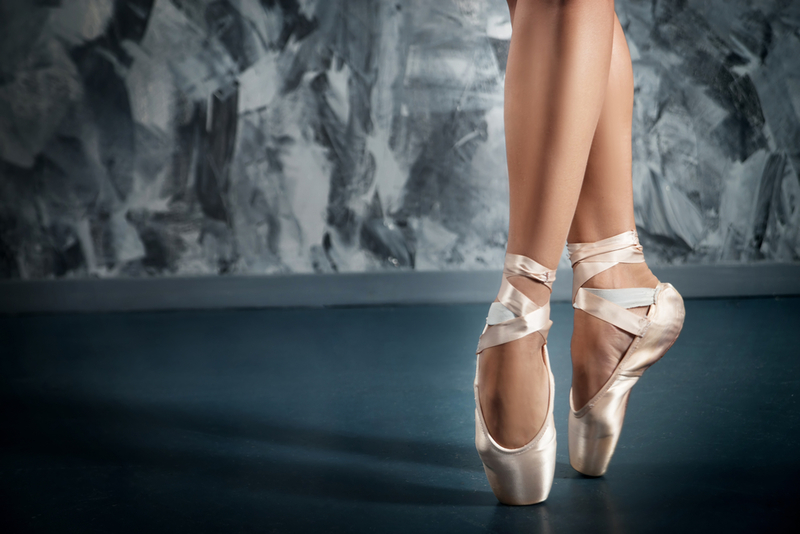
In order to avoid the ingrown nails (as they can’t really avoid the other two side effects), ballerinas have to keep their toenails long enough when putting their shoes on.
Ballerinas Are Almost Used to Pain
There are some painful things every ballerina does as part of her training — standing en pointe, holding a position for a long time, and building flexibility are just the tip of the iceberg.
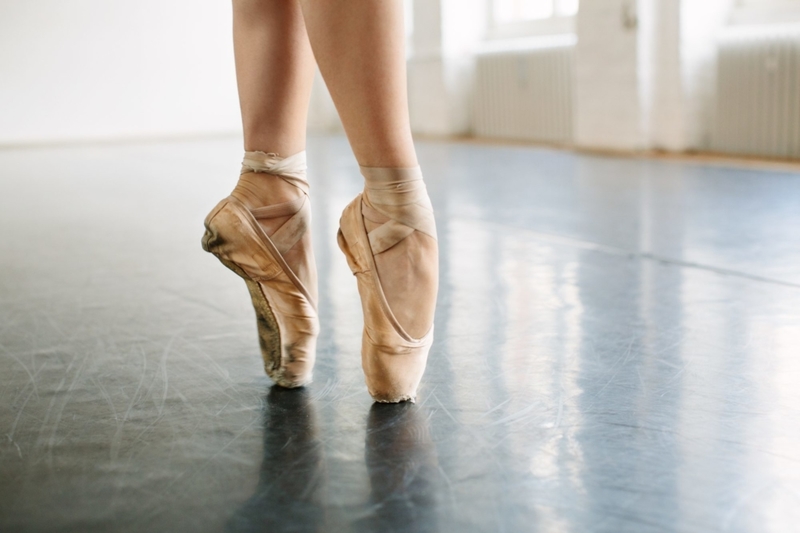
This makes ballerinas almost superhuman when it comes to handling pain. It has even been said that ballerinas can endure three times the pain a “regular” person can handle.
There Is a Live Pianist at Every Ballet Rehearsal
Big ballet productions are performed with a full live orchestra, but they are rehearsed with just a minimalistic live pianist.
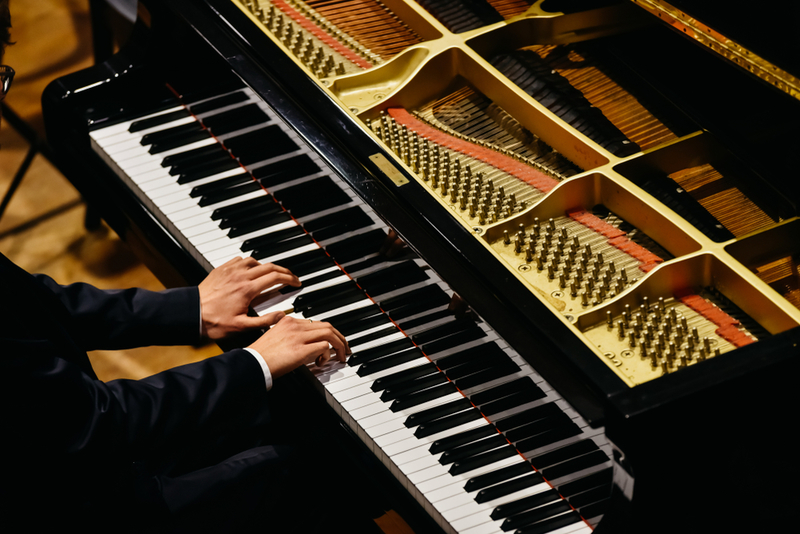
Up until the 1800s, there were also violinists who did it, but now they are only there as part of the orchestra for the full show. For the pianists, it is a great way to make some extra cash, practice, and learn some ballet jargon.
How the Leotard Got Its Name
A ballerina can never have too many leotards, but the truth is that the piece of garment was invented for a totally different kind of performance art — the flying trapeze.
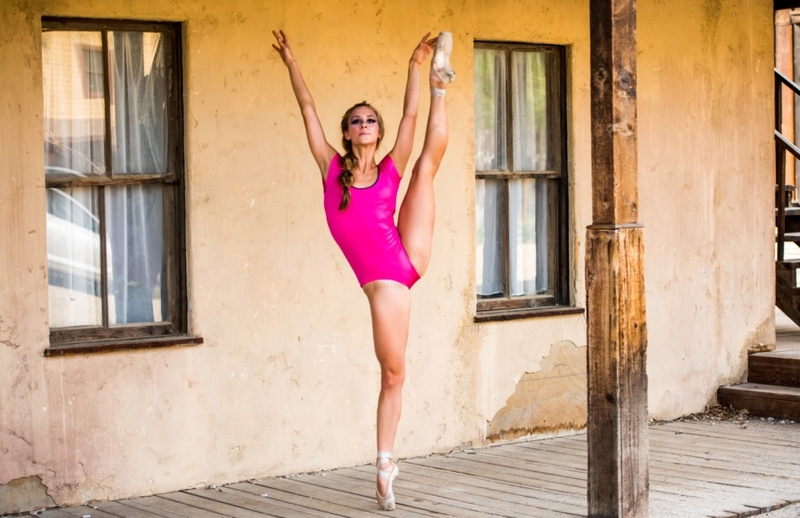
French acrobat Jules Léotard was a flying trapeze pioneer. Before his untimely death, he got to popularize the art and invent the leotard — it was a tight garment designed for optimal movement and to display his physique.
Retirement Age Is Very Young
Most professional ballerinas started training at a very young age, and their careers aren’t usually very long because their bodies work so hard. For instance, In the 1980s, the average retirement age for ballerinas was 40, and it dropped to 29 only a decade later.
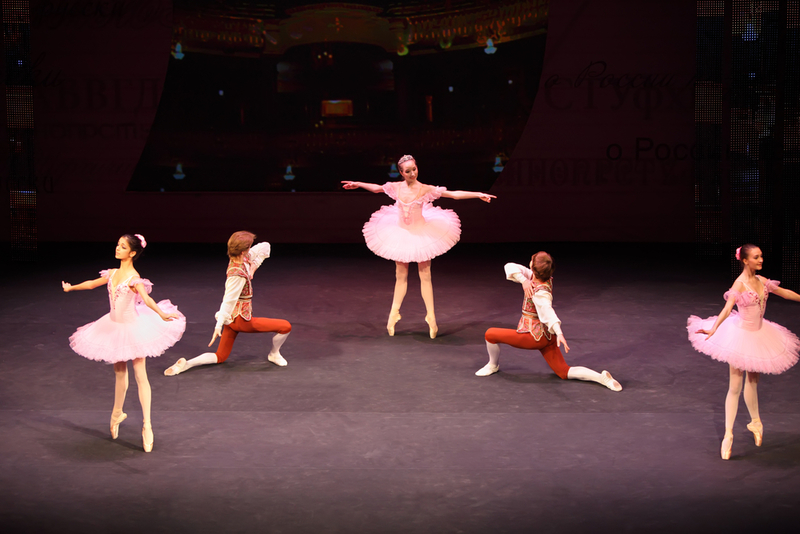
That doesn’t mean they leave the dance world. Many of them become choreographers, dance teachers, go into the administrative side of running a dance company, and more.
Health Is a Ballet Company’s #1 Priority
In order to fight the stigma that links ballet with eating disorders, many ballet dance companies make sure to hire dancers with healthy bodies.
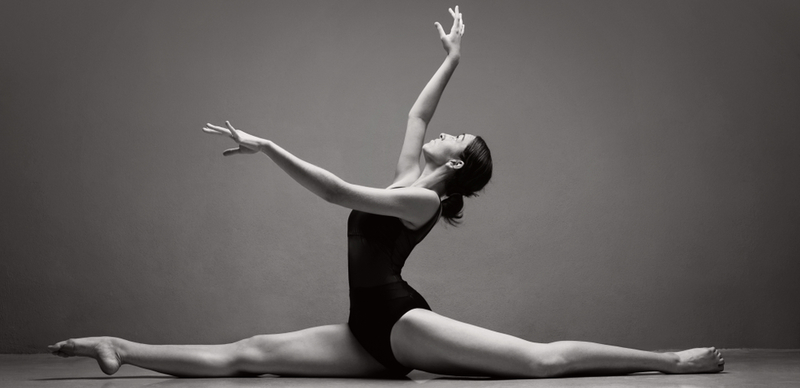
Some companies even go to the length of having health professionals (physical therapists and nutritionists) tend to their dancers and keep them fit and on a healthy diet.
The Five Positions
The five footwork positions, when performed correctly, ensure the dancer’s weight is distributed evenly.
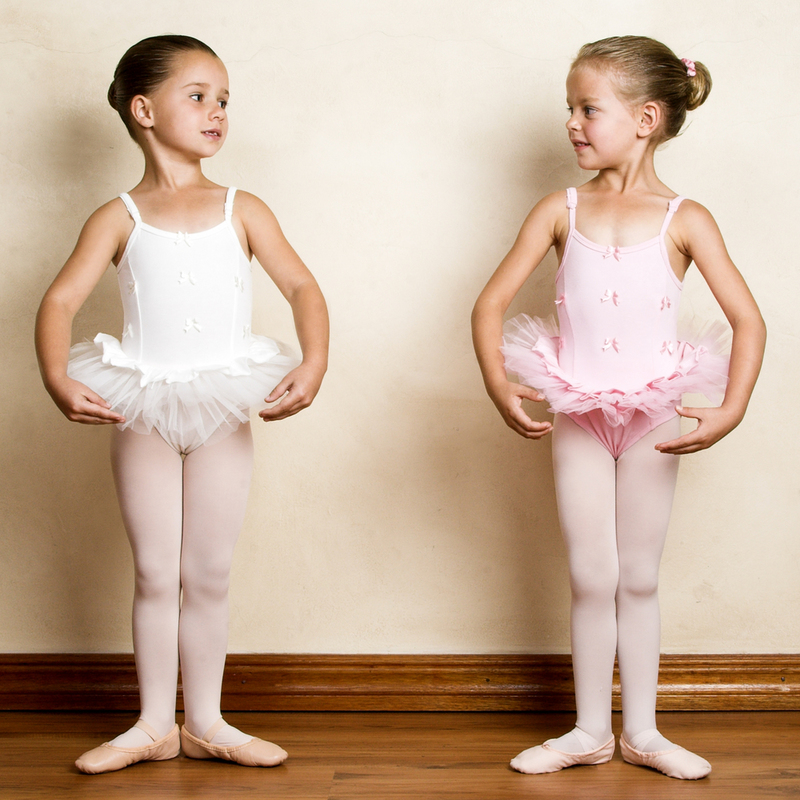
While the five positions’ visible differences are the placement of the feet, they also differ in subtle changes in the hips, shoulders, and even in the head!
Thank You, Pierre Beauchamps
The French King Louis XIV was a ballet fan and even performed it himself. His ballet master was a man named Pierre Beauchamps, who has greatly shaped ballet as we know it today.
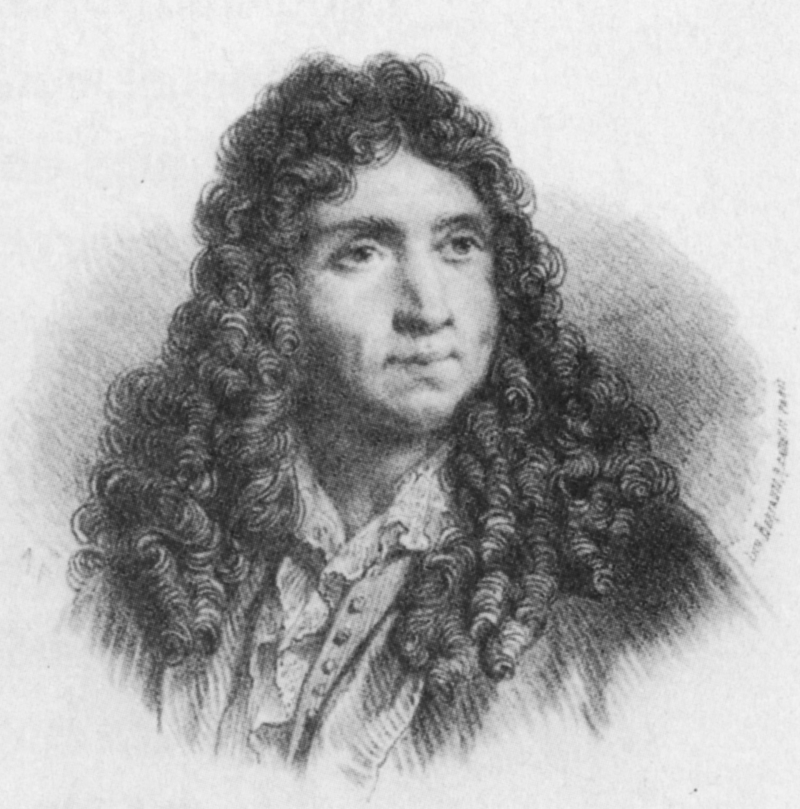
In the 1700s, Monsieur Beauchamp established the five footwork positions every little ballet dancer learns during their first class.
Costumes Used to Be a Lot Heavier
The costumes most ballet dancers wear today are made with light and stretchy fabrics for obvious reasons but that hasn’t always been the case.
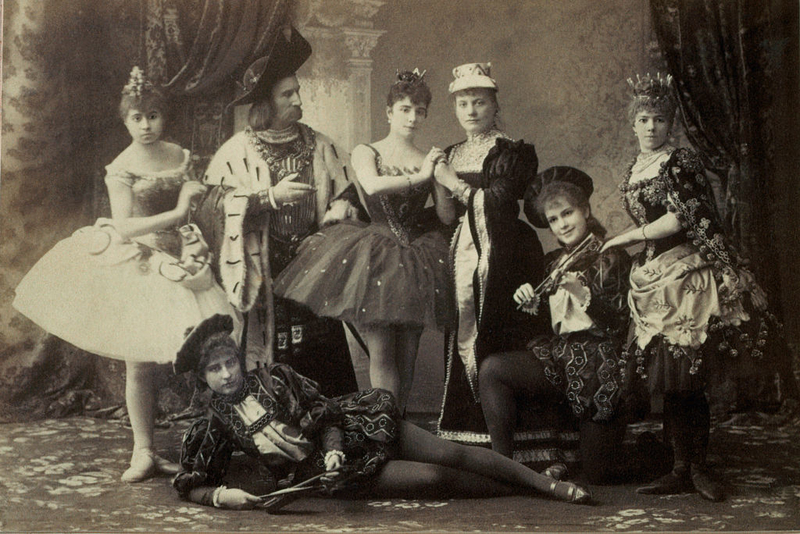
The first ballet costumes ever made were heavy and didn’t allow for the same movement range that modern-day costumes do. The change is credited to Marie Camargo, a 1720s ballerina who shortened her ballet dress so her ankles were visible. That paved the way for other changes in the future.
The Swan Lake Story
Known to many as one of the most successful ballets in history, Swan Lake is actually a ballet interpretation of a German/Russian folk tale about a princess who was turned into a swan by an evil witch’s curse.
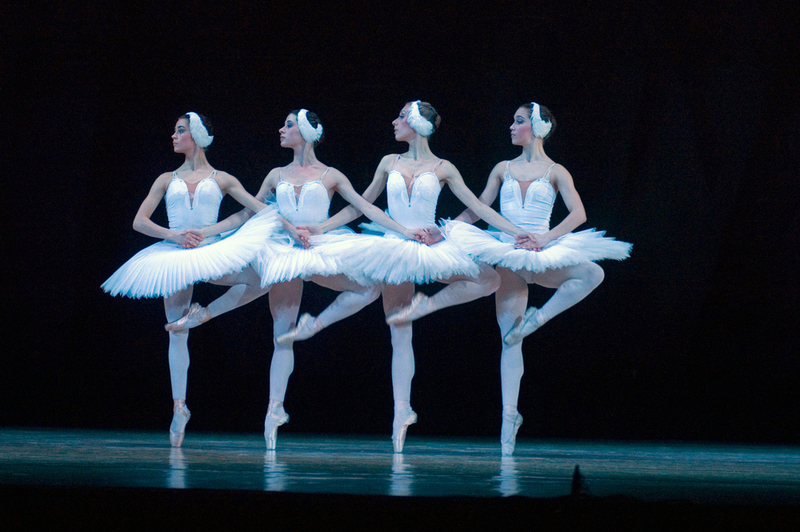
Other than the ballet, the story has been adapted into various art forms, such as anime, film (both live-action and animated), video games, and more.
Growing Popularity
One of the nations to embrace ballet wholeheartedly is Russia. This explains why so many famous ballets were written by Russians.
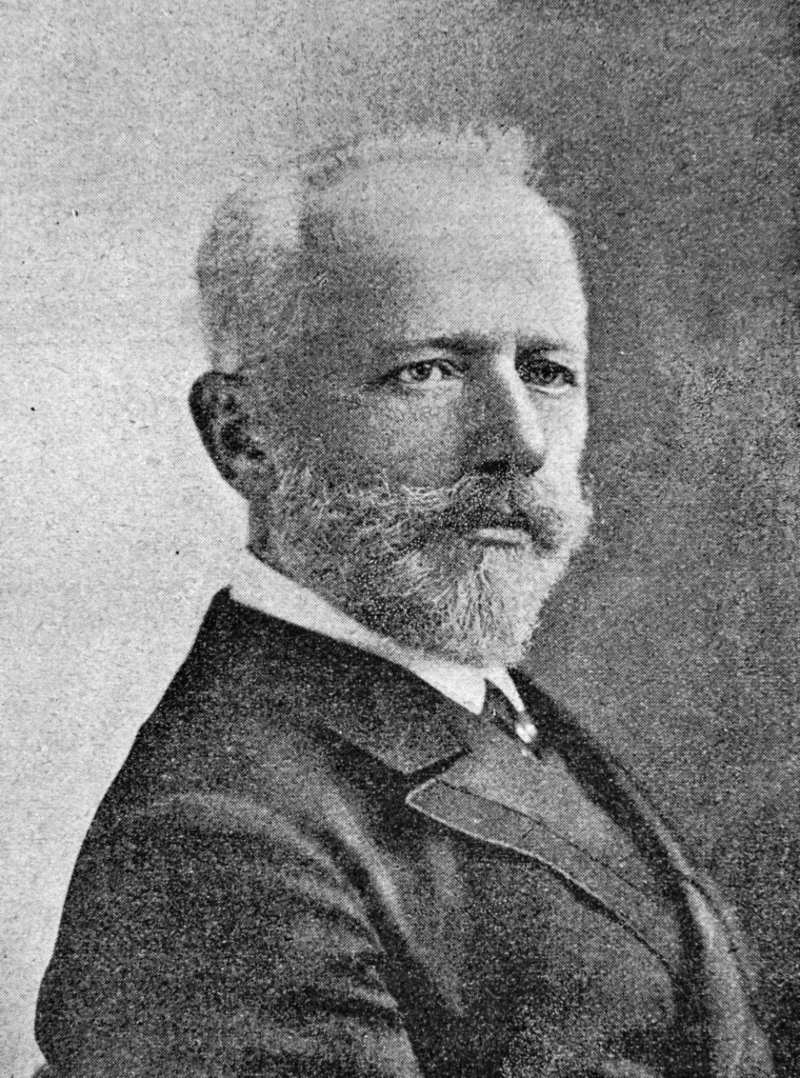
Russian composer Pyotr Ilyich Tchaikovsky wrote pieces like “The Nutcracker”, “Swan Lake”, and “Sleeping Beauty”. Other countries where ballet is very popular are England, the US, and Cuba.
The Language Sounds Foreign Because It Is
Since France had a significant hand in the development of ballet as a performance art, most of the terminology of the dance is in French.
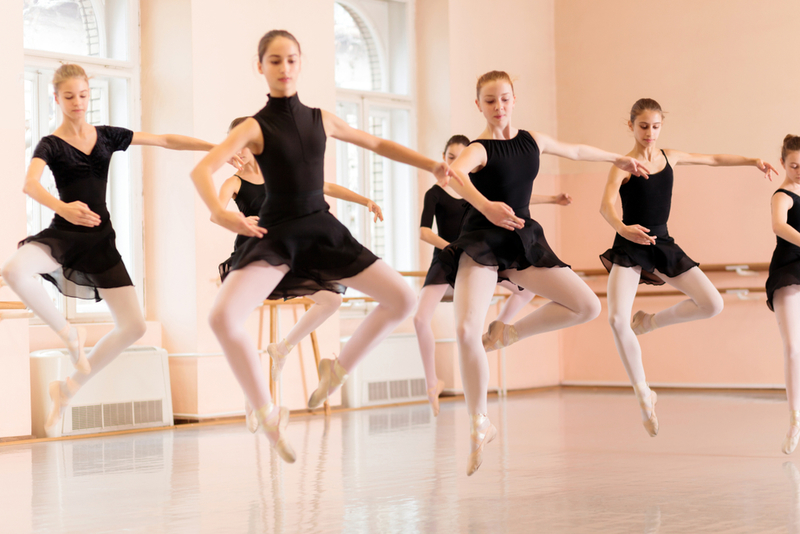
Take the term “pas de chat” for example — it is a ballet jump that has soft, catlike qualities — translated from French, this means “a cat’s step”.
Ballet Productions Originated in France
The royal ballet academy (Académie Royale de Danse if you’re local) was formed in 1661. It was the first place to showcase big ballet productions on stage.
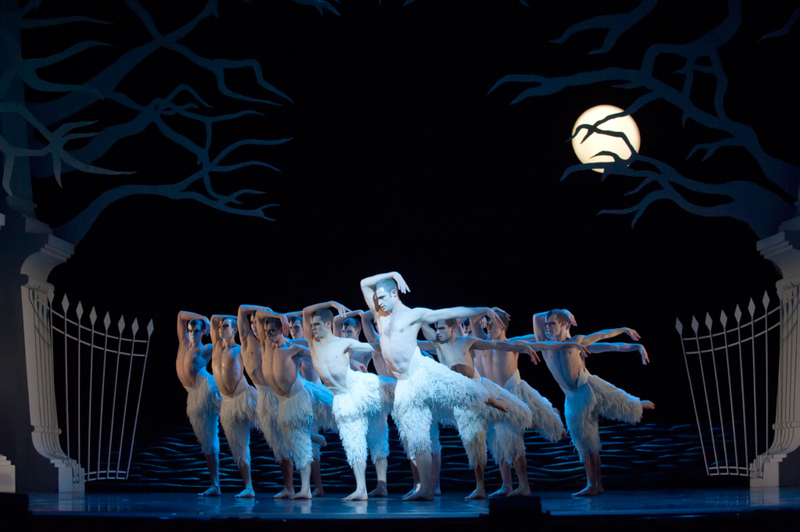
The dance soon became trendy and spread throughout Europe, most notably in Russia and Italy.
The Laurence Olivier Awards
The Laurence Olivier Awards are like the Oscars of the British theater.
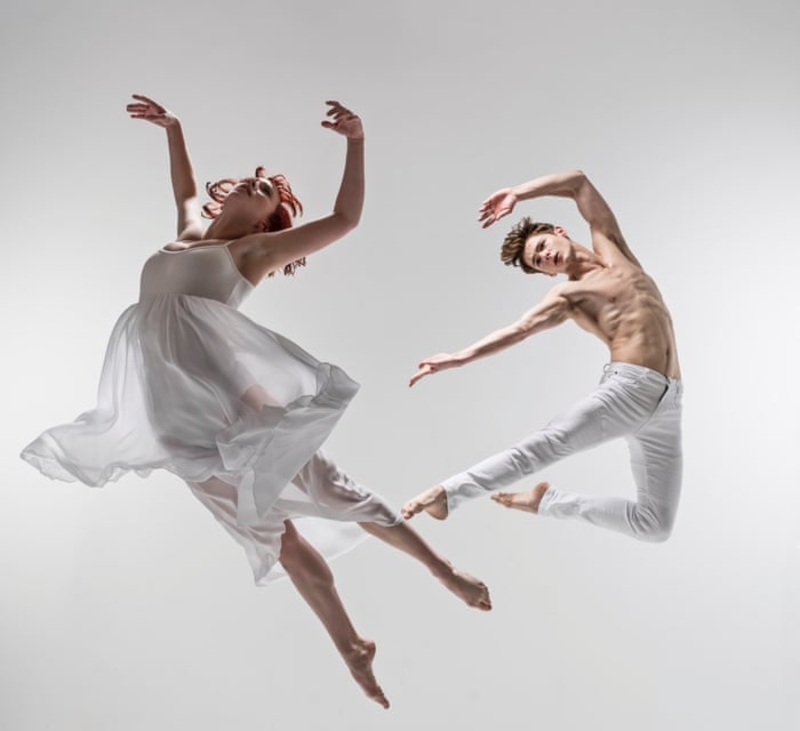
In 1977, the London Festival Ballet made history when its ballet production of Romeo and Juliet became the first ballet to win the prestigious award.
Teaching Ballet to the Police
Ballet and police work seem like completely unrelated fields. But ballet can actually benefit anyone with any kind of job.
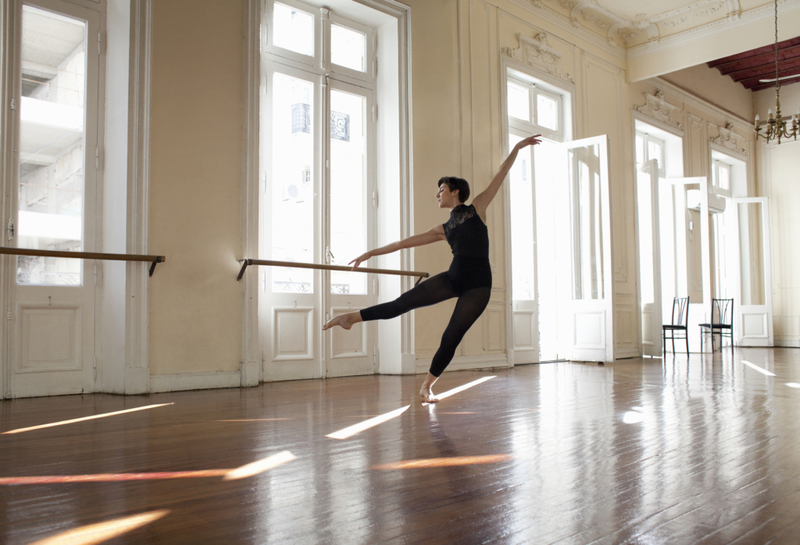
In Romania, for example, some police officers have taken ballet in order to help them with their poise and posture when they direct traffic.
The Art Itself Originated in Italy
The terminology is mostly French, the most famous pieces are Russian, but the dance itself is actually Italian. In the 1500s, ballet was performed at the royal court by courtiers as entertainment.
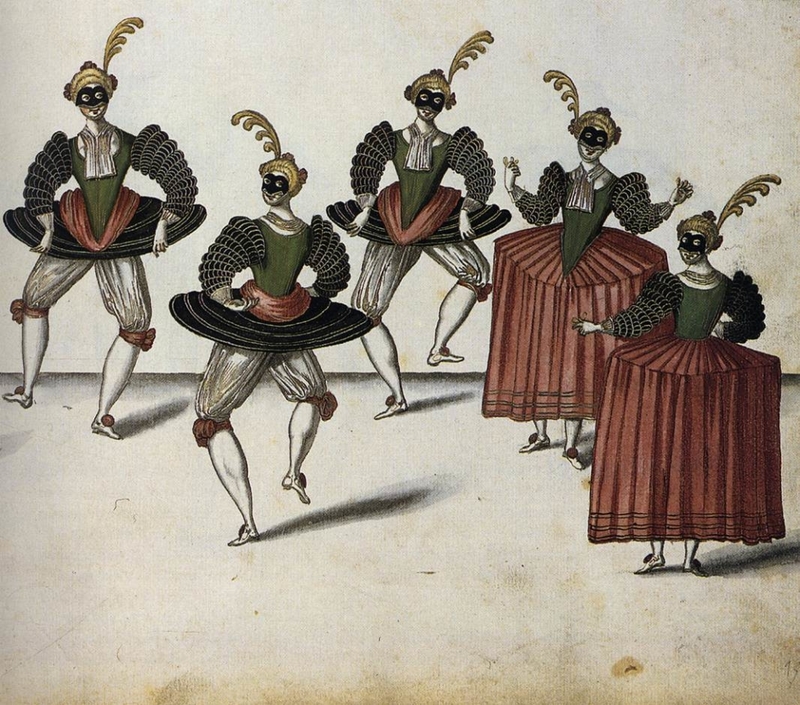
When the Italian Catherine de Medici came to France to marry King Henry II, she brought the dance with her and turned it into a more formal dance in France.
Ballerinas Train A LOT
Building up the strength, discipline, and flexibility of a professional ballet dancer takes an unbelievable amount of training.
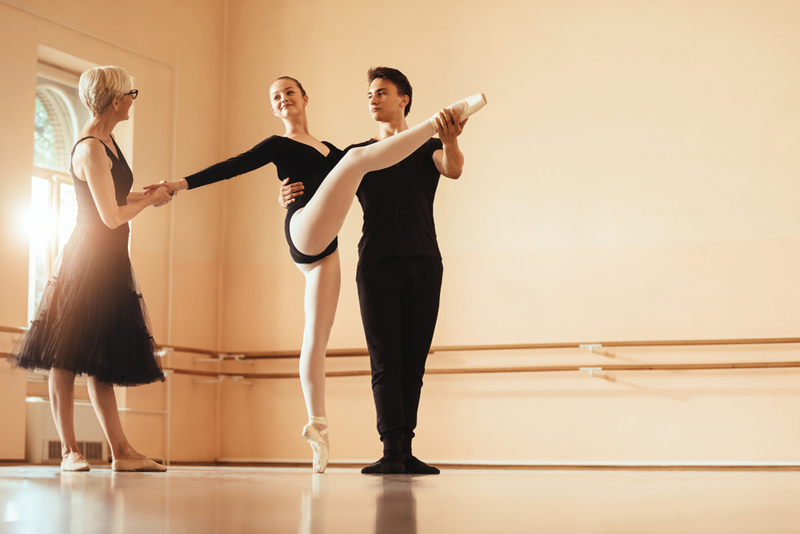
Professional ballerina training will entail around 10 years of training with an average of 20 hours of dance class per week. And as far as shows are concerned — a big production could require as many as 5,000 hours in rehearsals!
Not Everybody Goes Pro
How many people do you know who have taken ballet as children? Now, how many do you know who actually pursued it as a career? The percentage is incredibly low.
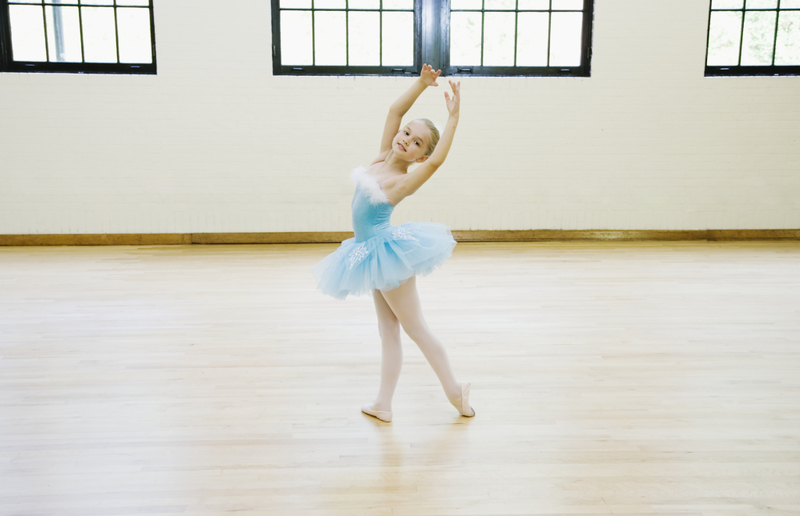
Take White Lodge for example. It is the Royal Ballet’s lower school, which takes in only 25 out of their 1,000 applicants each year. Only 5-7 of them actually end up graduating from the upper school, and even fewer of them get into the Royal Ballet.
The Ballerina Diet
A common misconception of ballerinas is that they hardly eat in order to stay light as a feather.
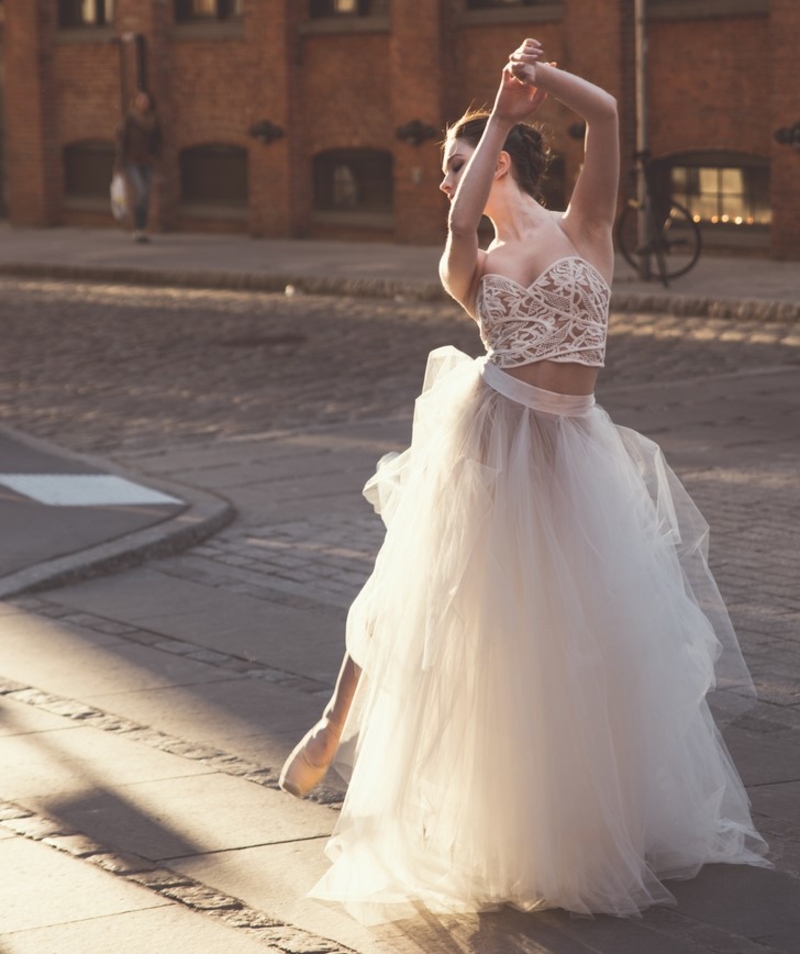
The truth is that they eat quite a lot, and even consume large amounts of carbs in order to fuel their bodies and get the energy they need to keep performing. It is also pretty common for ballerinas to go together for a big meal after they finish performing or rehearsing.
The Secret Rosin
Do you know the rosin baseball players use for a better grip? That same rosin is what ballerinas put on the bottom of their pointe shoes to keep from slipping.
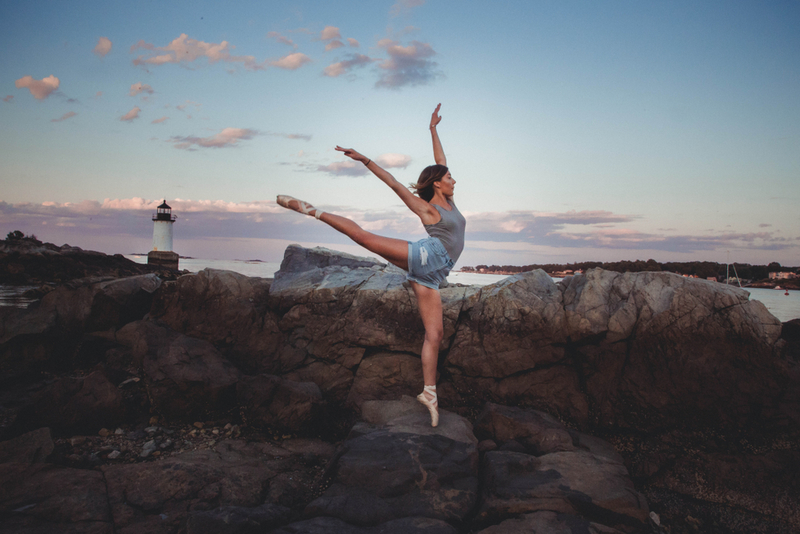
There are a few techniques for making the hard part of those shoes — the part covering the toes. One such technique combines tightly pressed fabric and cardboard glued together at the tip.
Costumes Can’t Be Washed
Since tutus are so delicate, expensive, and take so long to make, a regular wash can easily ruin them, and nobody wants to ruin a good tutu.
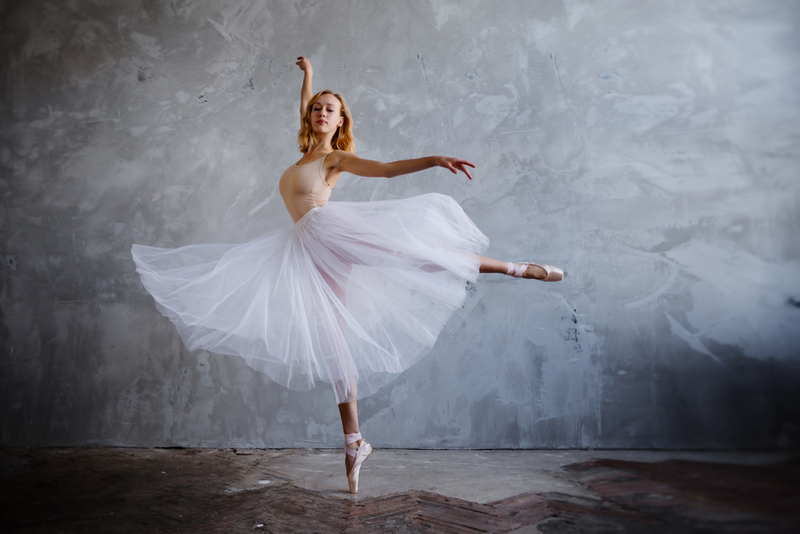
What dancers do instead, in order to keep their tutu and other costumes fresh, they hang them up so they can be properly aired and spray them with a special spray.
Pointe Shoes Are a Big Deal
Going en pointe is almost a rite of passage for ballerinas as little ballerinas never start dancing en pointe right away. Since going en pointe requires skill and strength, the shoes need to be earned.
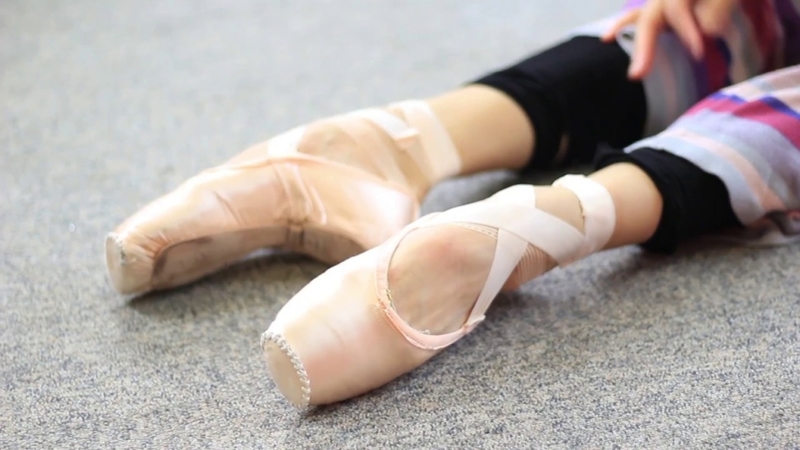
Approaching pointe shoes without proper training could also result in injuries, so it is usually advised to only go on them at the average age of 11 and after substantial training.
Pointe Shoes Need DIY Customizing
Pointe shoes aren’t like sneakers. You can’t just get a new pair and start wearing it. Each ballerina has her own way of breaking in her shoes.
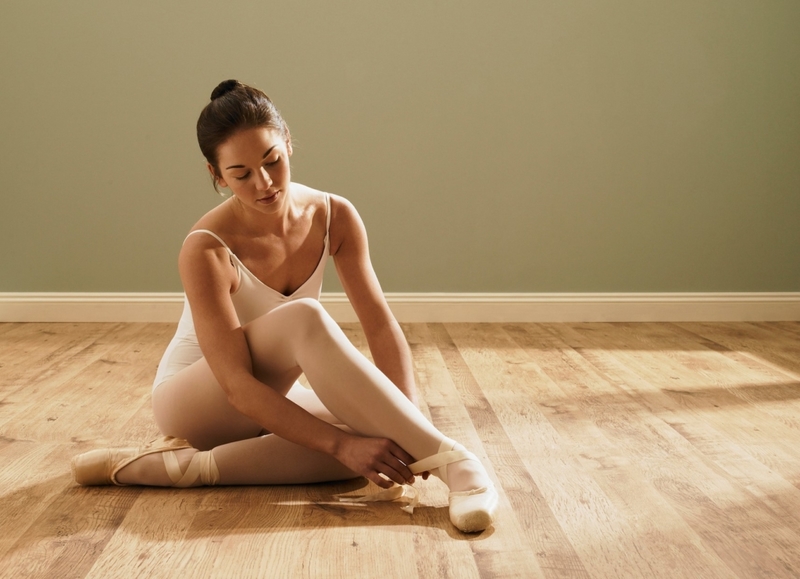
Some of the DIY techniques ballerinas use include shaving the sole with a razor and smacking them against the floor. Also, they make sure to always get their shoes from the same maker so the process is the same with every pair.
Pointe Shoes Aren’t Forever
If there is one piece of equipment that is an absolute must for a ballerina, it is her pointe shoes.
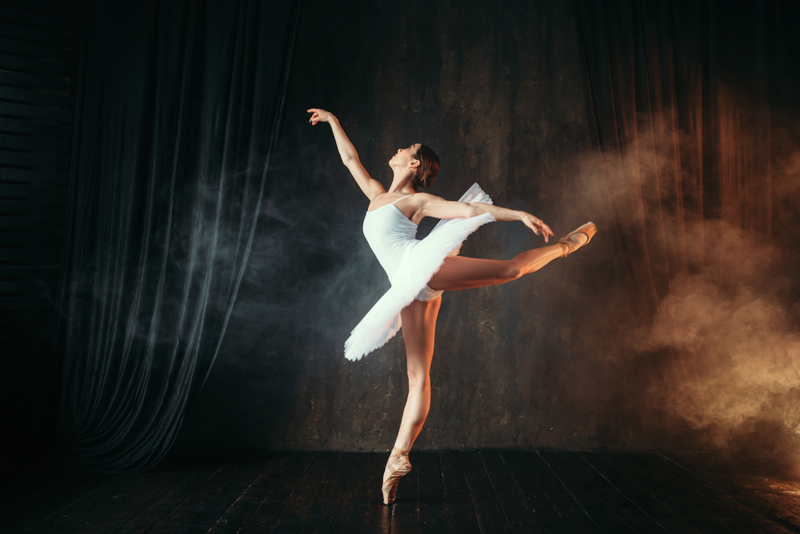
Professional ballerinas who perform in pointe shoes regularly can wear out as many as three pairs of them in a single week! The Pittsburgh Ballet Theater, for example, spends about $100,000 a year on its dancers’ pointe shoes.
Ballerinas’ Toes Are Super Strong
When you see a ballerina dancing en pointe, looking lighter than air, it’s important to remember that our toes aren’t meant to support that much weight.

But being en pointe is like sending your toes to the gym, end ballerina’s end up balancing on their big toe about three times the weight it normally carries.
Men in Tights
Ballerinas wear their shoes out pretty quickly, and their male counterparts can say the same about their tights.
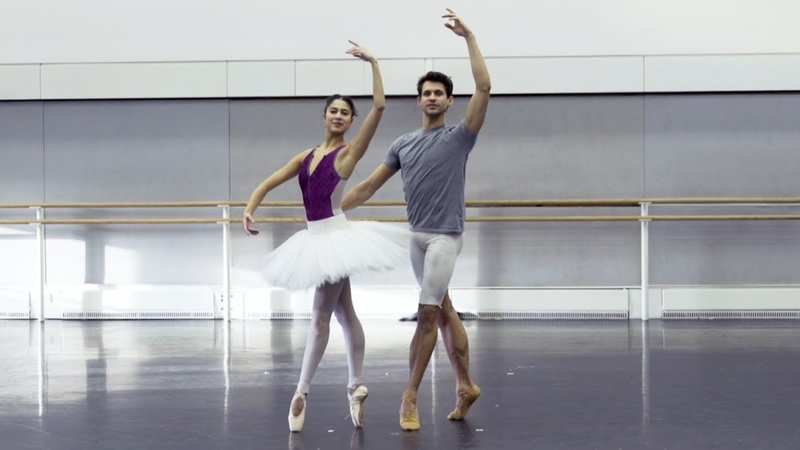
As durable as lycra may look, it is no match for hours of training and performing. The general estimate is that a professional male ballet dancer will use about 4,000 pairs of tights throughout his career.
Ballet Used to Be a Guy Thing
Ballet is usually perceived as a feminine dance, but it was actually danced exclusively by men for more than 100 years!
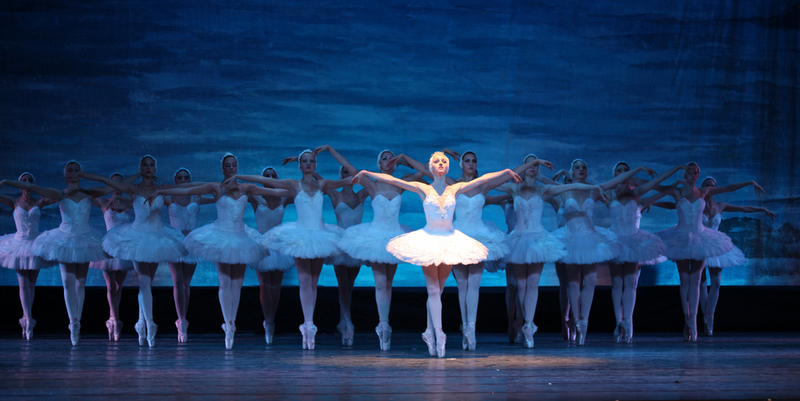
You see, in the past, women weren’t allowed to dance in public but that only changed in 1681. Before that, the female parts of any performance had to be danced by younger male dancers.
Male Ballet Dancers Are Mega-Lifters
Do you even lift, bro? Even if you do, odds are male ballet dancers lift more. Sure, the ballerinas they lift are usually petite women that don’t weigh much, to begin with, but when you combine the weights of all the lifts a male dancer has to do in a single show, you reach about 1-1.5 tons!
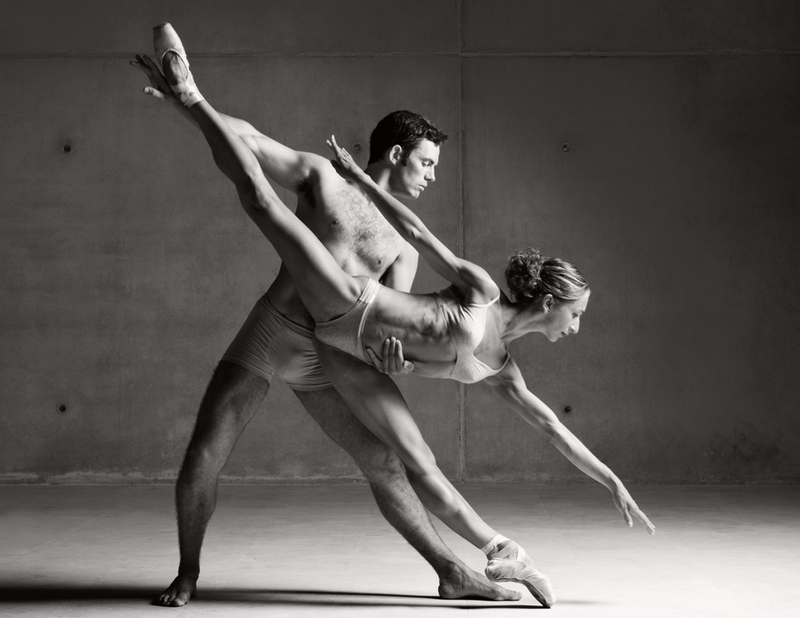
By comparison, it’s like the combined weight a weightlifter would lift in 4-6 events!
An Average Show Is Four Hours Long
One ballet show can last about four hours. This means that the dancers need to be in tip-top shape to do it.
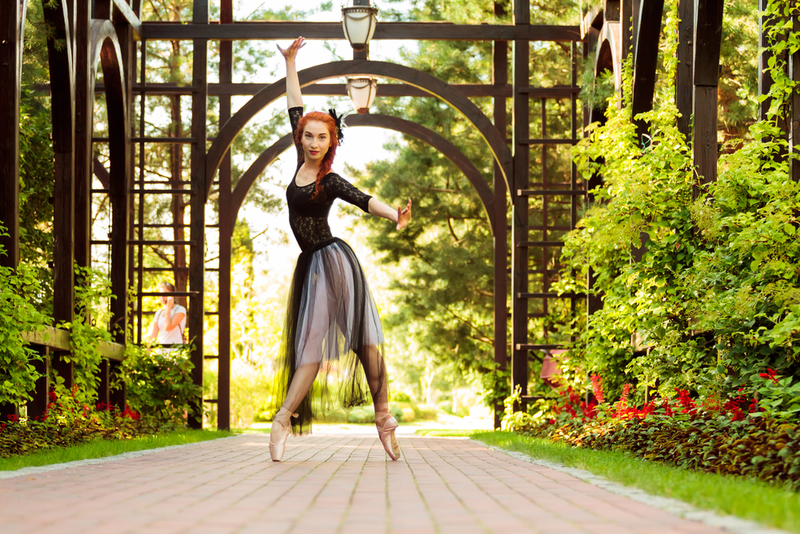
Actually, they need to be in shape just as much as any other professional athlete. In fact, the energy spent by a ballerina during a full show can be weighed against playing two soccer games or against an 18-mile run!
Ballerinas Go on Tours
Big professional ballet productions often go on national and international tours, which means that the dancers get to see the world like rockstars.
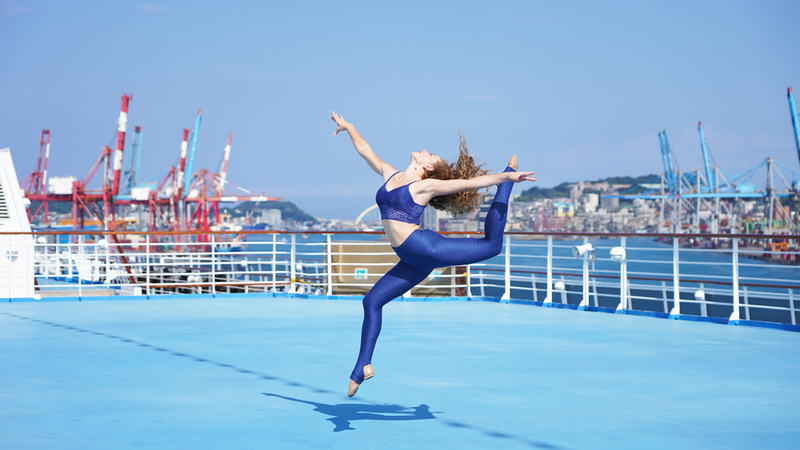
While this may sound appealing to some, this life can be harder on others, who have to spend a long time away from their families and loved ones.
No Two Performances Are Identical
Just like with a big Broadway musical, a big ballet production performs the same ballet day in and day out. But the performance is never completely identical, and if you watch the same production twice you’ll be able to notice the subtle changes.
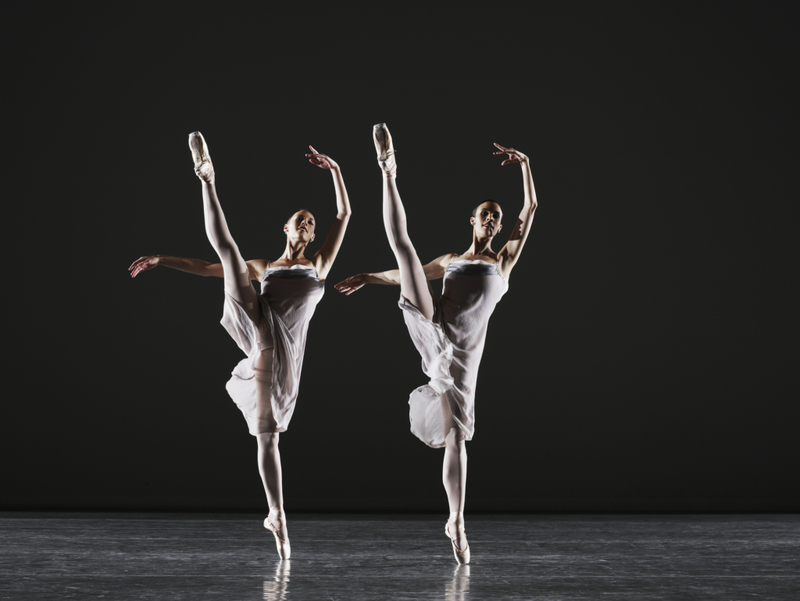
Sophie Martin, a principal ballerina for the Scottish Ballet, says those changes are what helps her stay balanced when performing the same show every night.
What It Takes to Make a Tutu
Tutus are the perky tulle skirts ballerinas wear on stage and every three-year-old girl’s dream. The engineering behind those tutus is actually a lot more elaborate than you’d think.
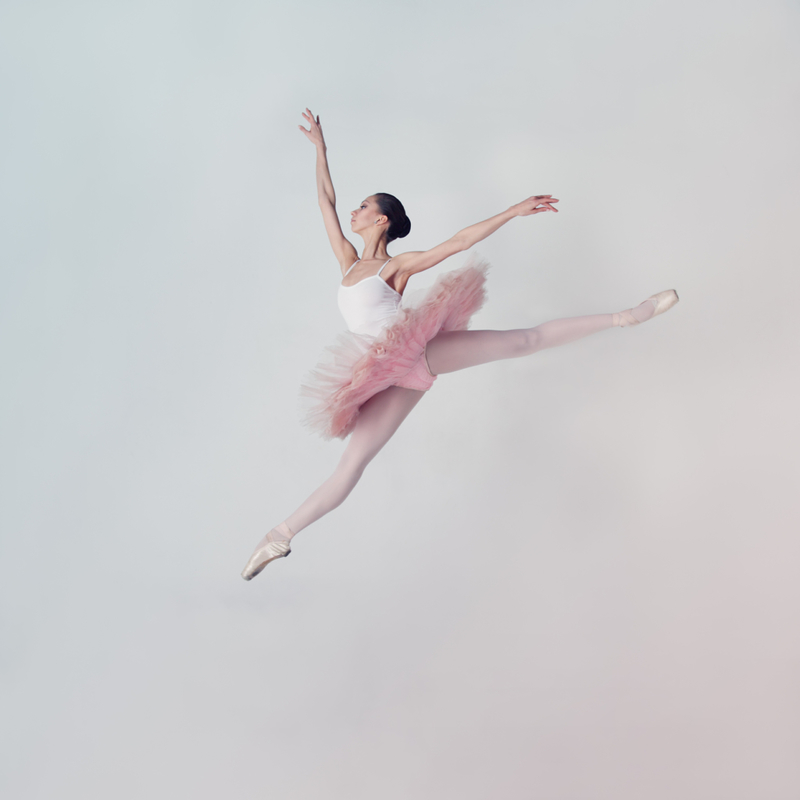
To put it in numbers, the making of each tutu takes about four days, 300 ft of tulle, and will cost up to $2,000 or more, depending on the quality and design. When you learn that ballerinas can go through 150 of those skirts in their careers, it turns into a serious expense.
People Love Watching Tutus
Close your eyes and try to picture a ballerina. Was the ballerina wearing a tutu? We’re going to guess she was. And you know why? Because audiences love them.
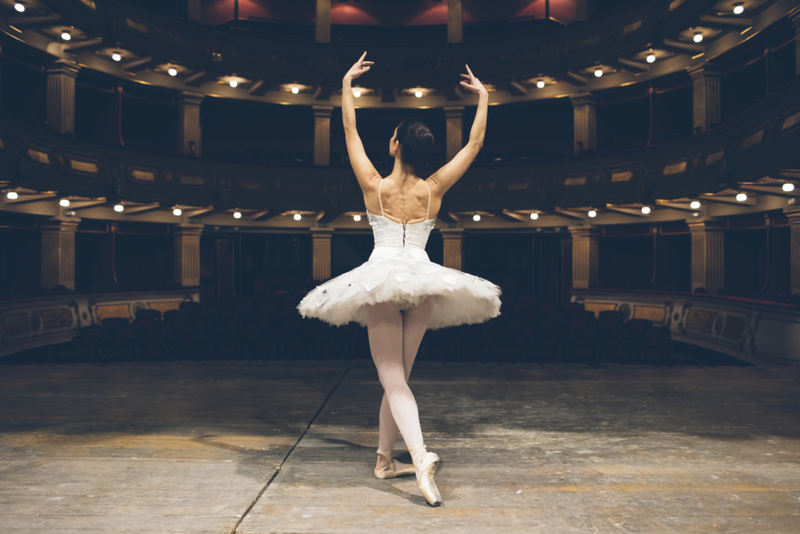
Actually, it has been found that viewers enjoy a ballet performance more upon noticing a tutu on stage. We can totally see the allure.
The Ballerina Jumps
One of the most impressive elements in ballet is the jumps, which reach incredible heights.
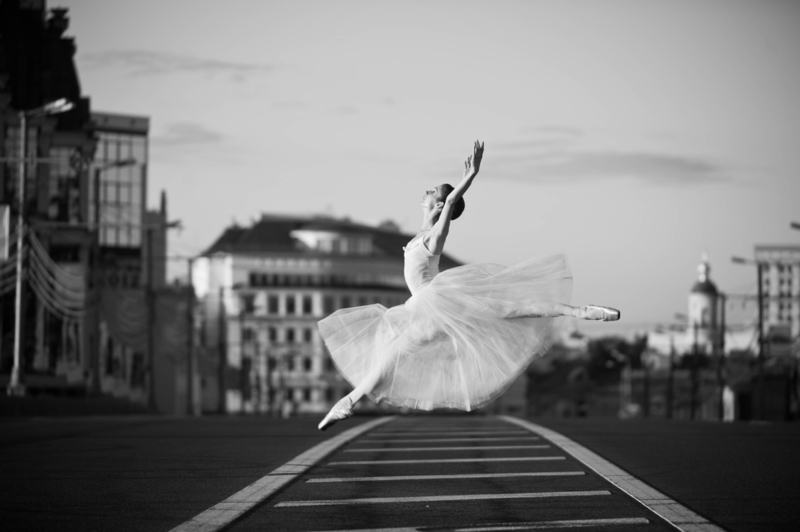
In fact, adding up all the jumps a single ballerina does in one show would total around 900 feet. That’s about three times the Statue of Liberty!

The Untold Truth Of Kurt Warner

The Stunning Number Of Wrestling Championships Bobby Eaton Won

The Best Sports Streaming Services
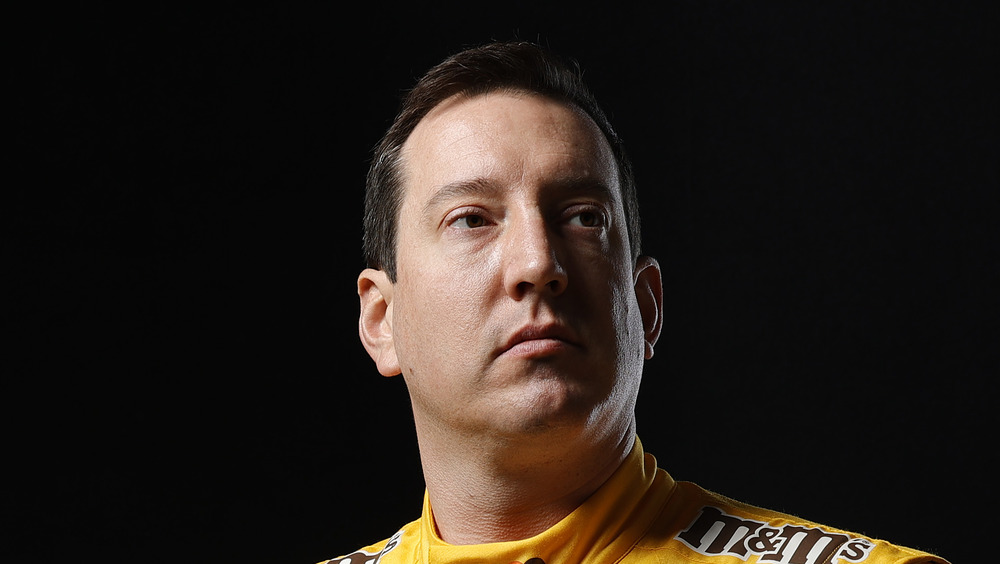
Where Does Kyle Busch Live And How Big Is His House?
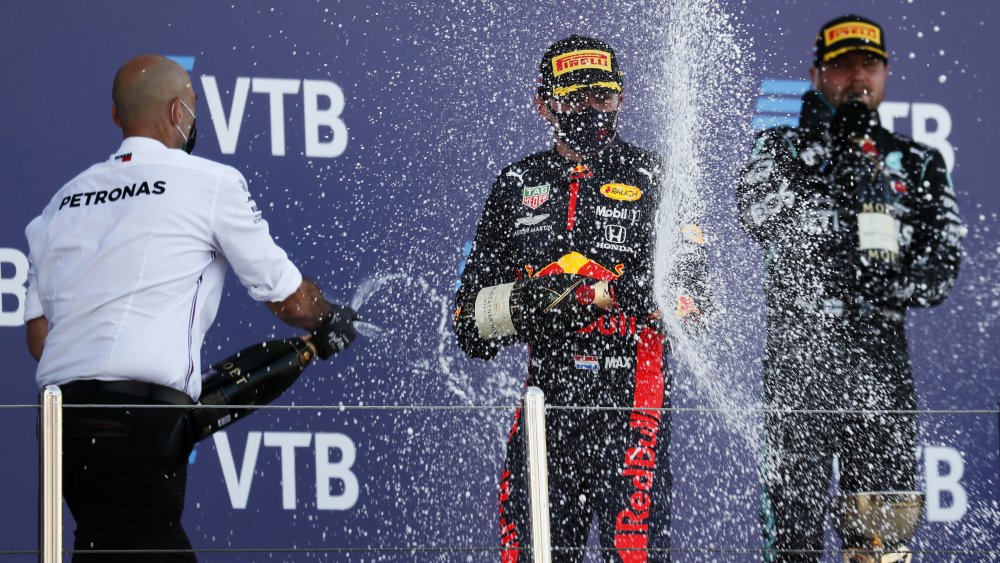
The Bizarre Truth About The First Formula 1 Race
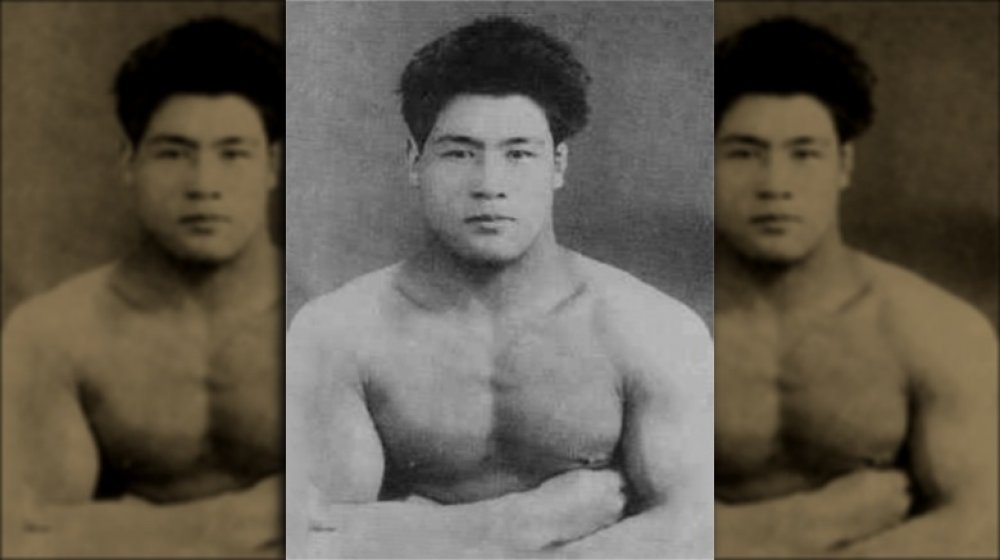
The Untold Truth Of Martial Arts Legend Masahiko Kimura
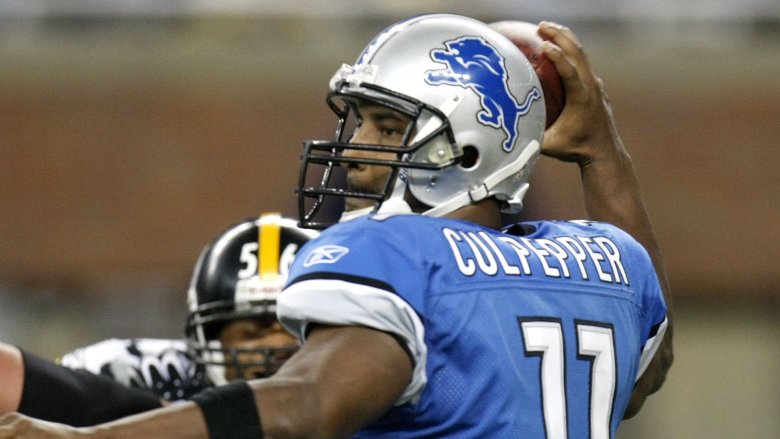
Athletes Who Were Permanently Injured Just Before Making It Big
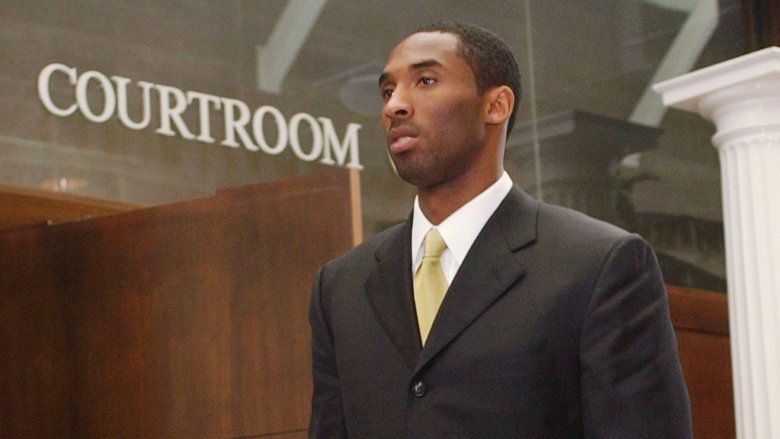
Respected Athletes Who Have Done Terrible Things
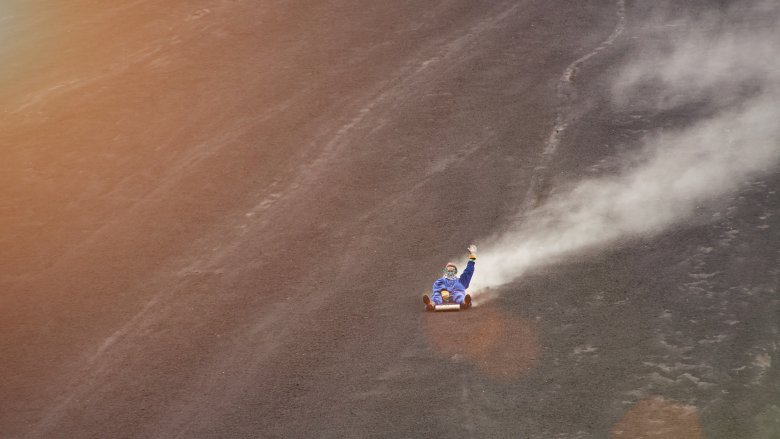
Sports You Won't Believe Actually Exist

The Strange Journey Of NBA Champ Rick Fox
